|
Seahorses are small fish that breathe through gills. They have tiny, spiny plates on their bodies and their head resembles a horse. The female lays her eggs in the male seahorse's pouch. He carries the eggs before they hatch. Seahorses have small fins that propel them forward in the water. They created their own seahorses using tissue paper and markers.
0 Comments
X-ray fish are unique because of their transparent skin. Their skin helps them hide from predators. During this Invitation to Create, children created their own x-ray fish with eyes, straws, q-tip and paint. Children explored multiple ways to used the provided supplies. Through this process, children can become confident in their own ideas and inspired by the ideas of other.
Despite their name, jellyfish are considered plankton, not fish. They no bones, and do not have a brain or heart. These umbrella-like sea creatures are translucent and have tentacles that can sting. They made a jelly fish and a jelly fish hat!
Sea turtles are members of the reptile family. They lay their eggs in the sand. Sea turtles have a large shell on their back to help protect them. They are great swimmers and can swim far distances. They created their own sea turtle, cut out template and their own shapes for the shell.
In their journals, they practiced drawing and tracing shapes. They pulled a shape card, identified the shape and drew on the turtle. Sharks are considered fish because they are cold-blooded. They don't have bones; instead they have cartilage that makes up their skeleton. They have a great sense of smell. Sharks lose and regrow many teeth over a lifetime. We took turns spinning the game spinner, they would add teeth (shells) to the sharks mouth.
Small fish can protect themselves from large predators by swimming together in a group called a "school." Fish will travel together because there is safety in numbers. During this Invitation to Create, children designed their own traveling school of fish using confetti and paper. Children explored their spatial skills when creating the school of fish. Whales are the largest marine mammals. They come up for air and breathe through a blowhole. Whales are the largest animals on Earth. They often make "whale songs" to communicate with each other. We pretended to be whales, held our breath, and blew out. For their art project, they used a straw to blow paint on a whale template, added an eye, and used a napkin and straw for the blowhole. The younger kiddos colored their whales.
They colored a W coloring sheet, used a pom pom to make whale bubbles with blue paint. Octopuses have two eyes and eight arms with suction cups. Octopuses are very good at hiding from predators, such as sharks. Octopuses are intelligent and can use different types of simple tools with arms. They created their own octopus, coloring and cutting legs.
We played a counting game, they took turns rolling die, identified the number and placed that many suckers (bingo chips) on the octopus. Dolphins are large marine mammals that live in the ocean. They are known to be playful and social. Dolphins have a blowhole they breathe through. They make sounds, such as clicking and whistling, to communicate with other dolphins. They created their own diving dolphins using a paper plate and markers.
They practiced making waves in their journals, sorted letters and the younger kiddos colored and used stickers. I love seeing kiddos making progress. We work on their names and do some sort of work in their fine motor journals daily. Our fine motor journals include cutting and pasting, drawing lines, scribbling, using stickers, drawing and so much more.
This photo is one example of progress. The larger picture with circles was taken late February and the picture on the bottom was taken today. I always encourage the children to write their names on all their work, sometimes they will say "I don't know how." I simply tell them to give it a try! |
Archives
May 2024
Categories |
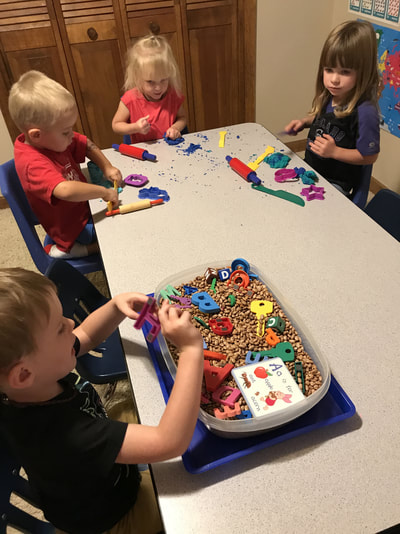
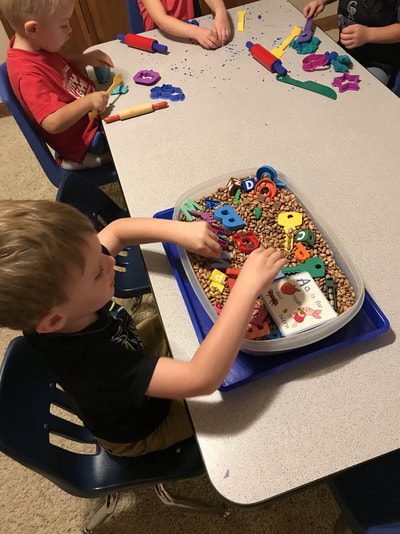
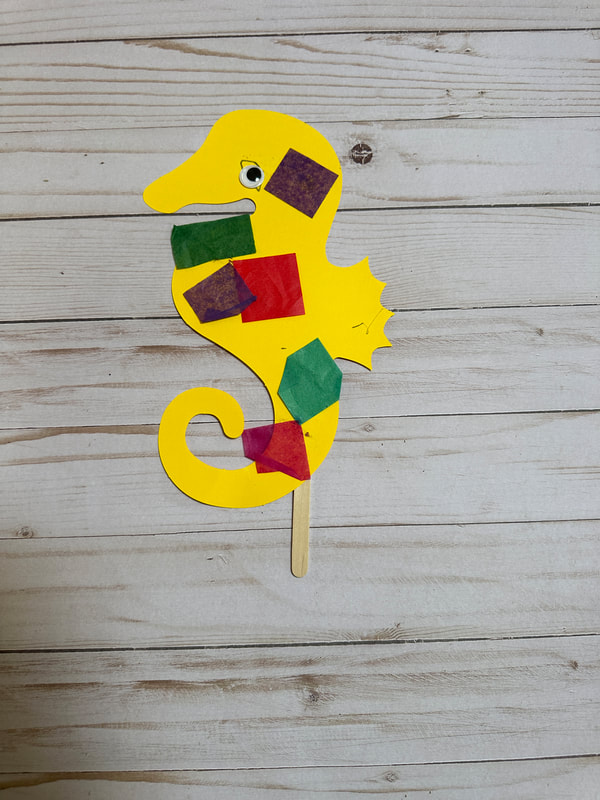
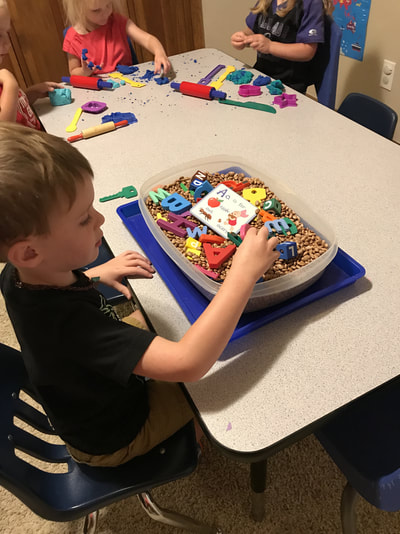
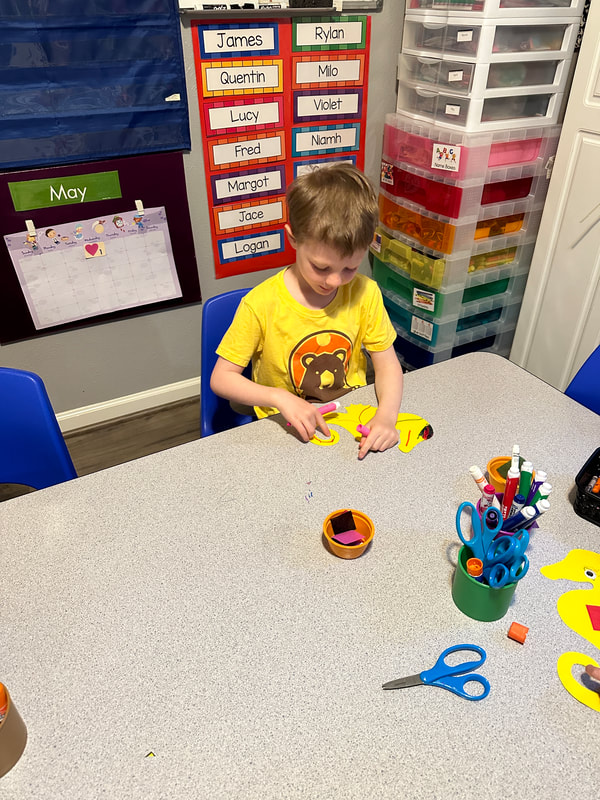
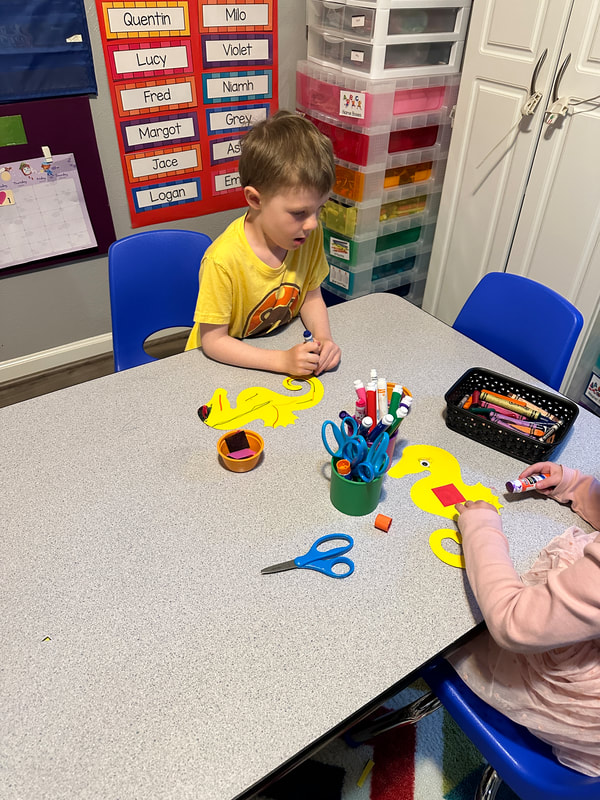
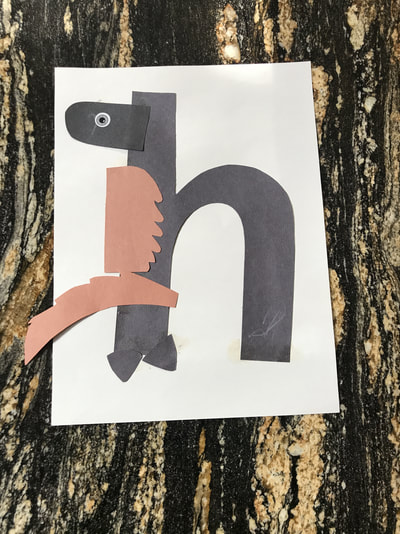
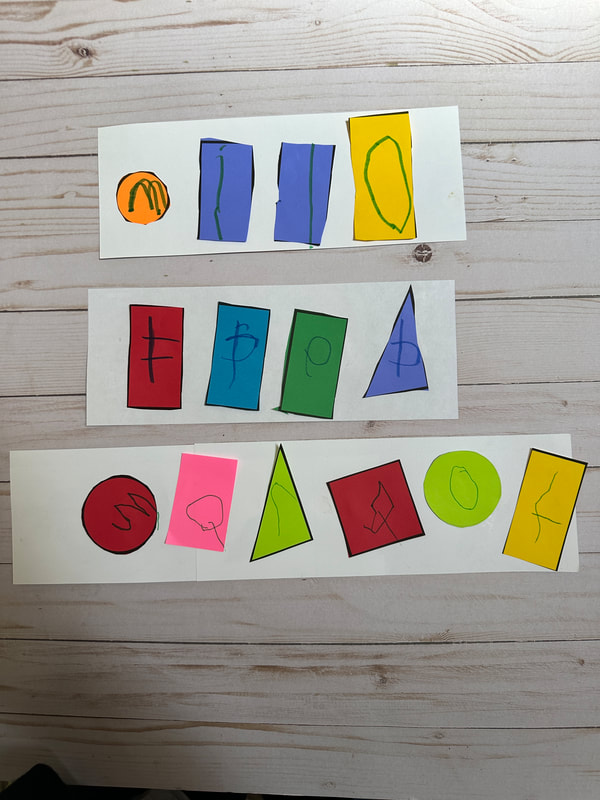
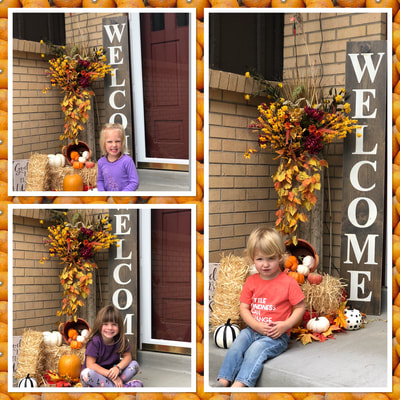
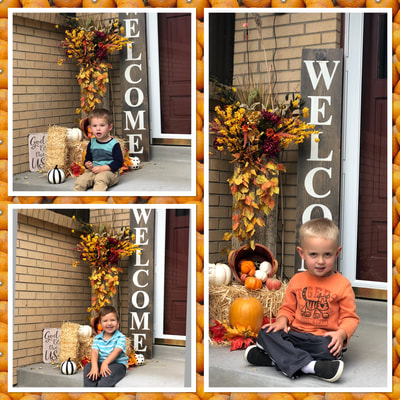
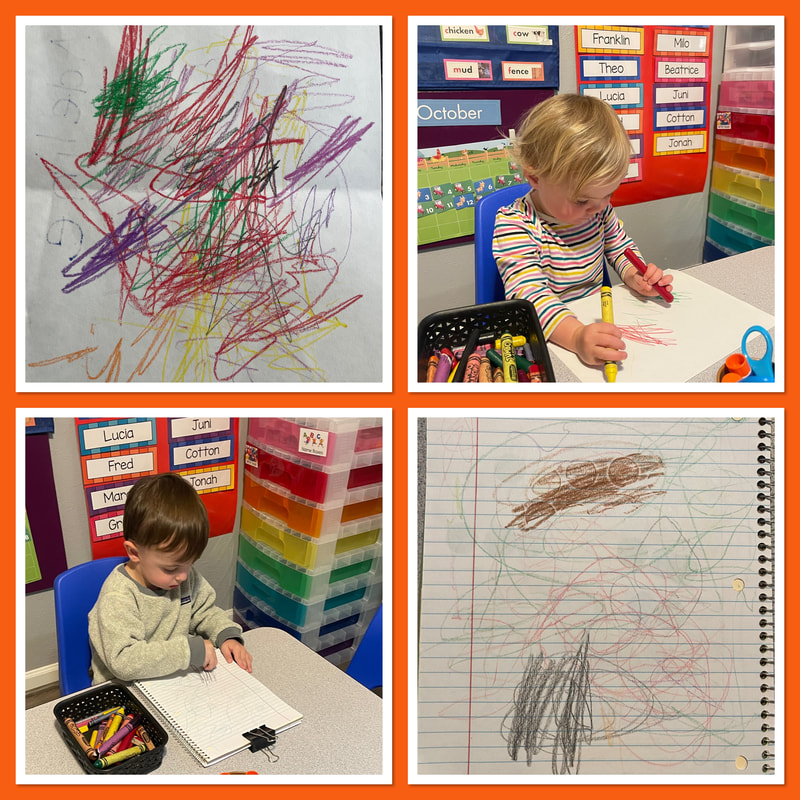
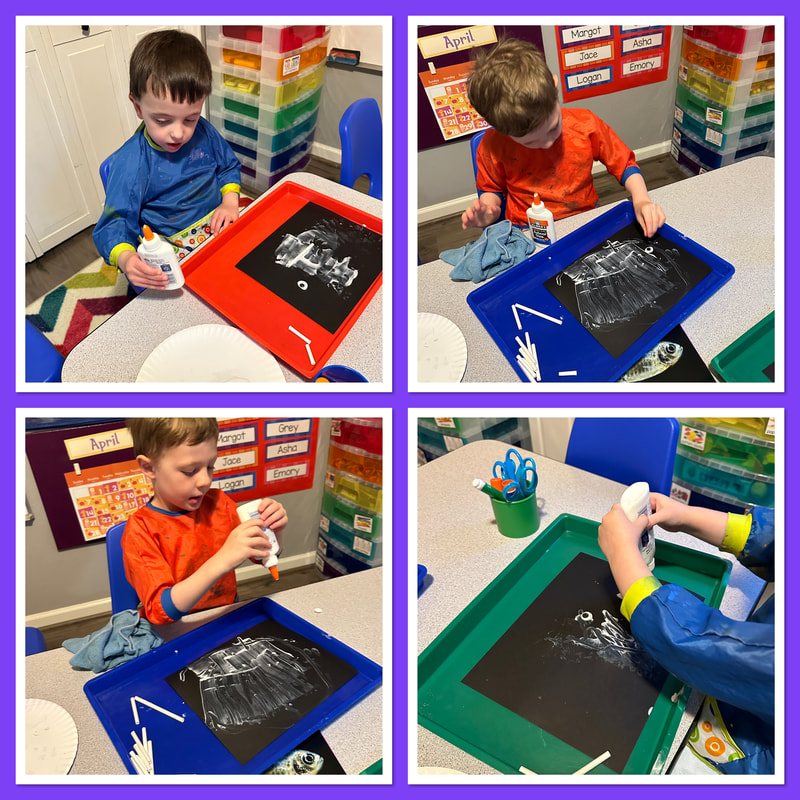
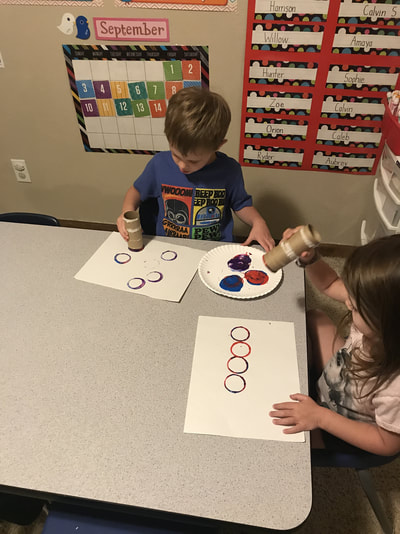
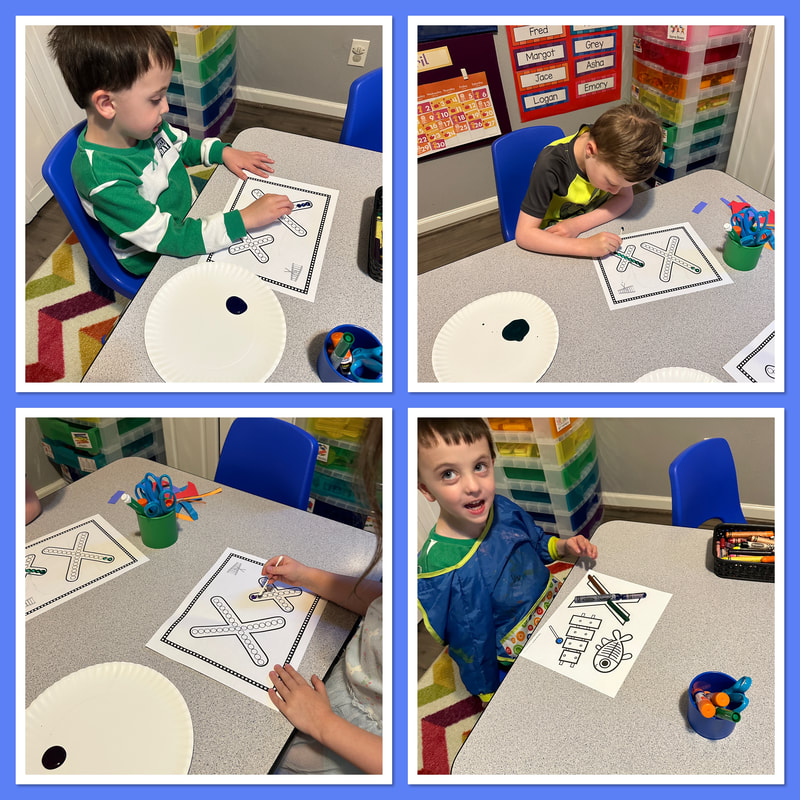
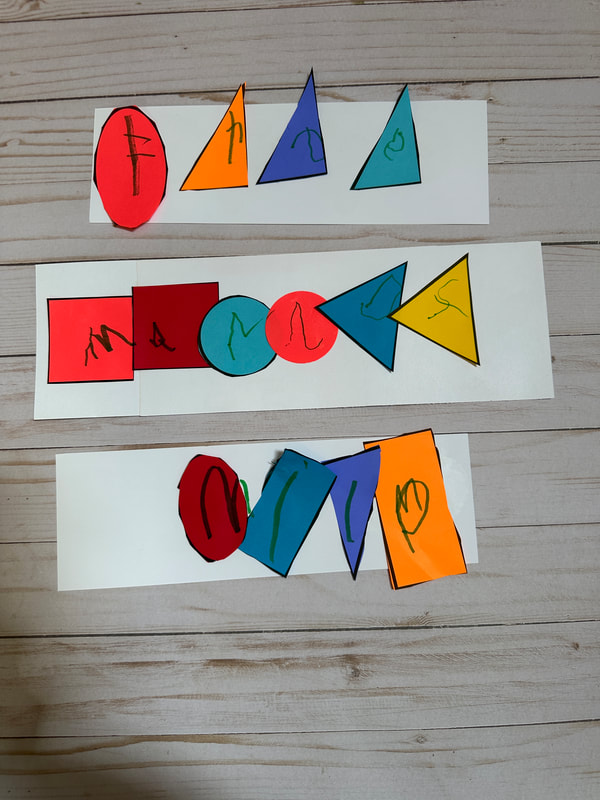
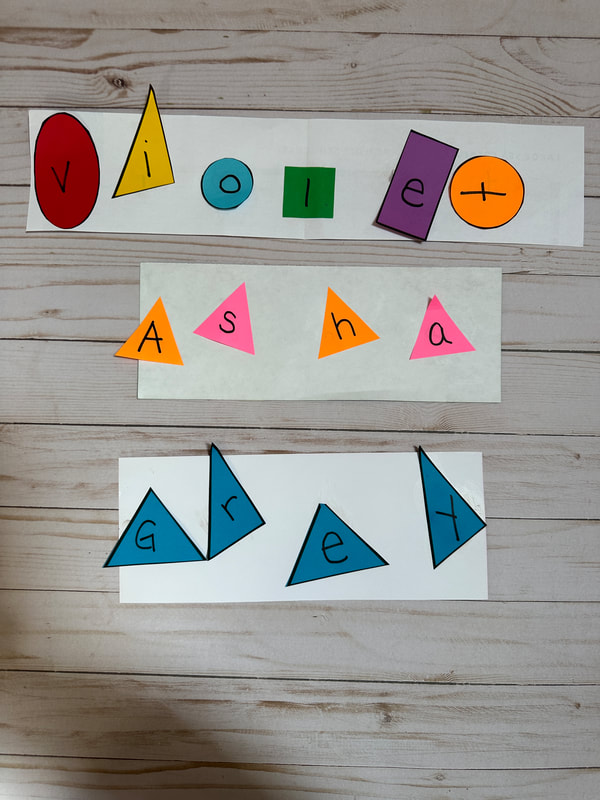
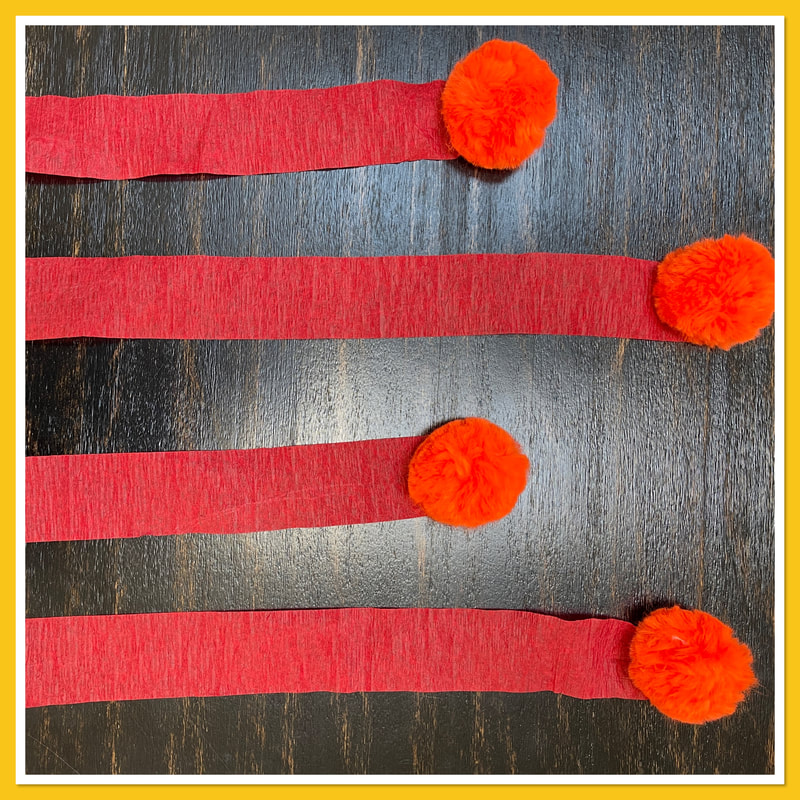
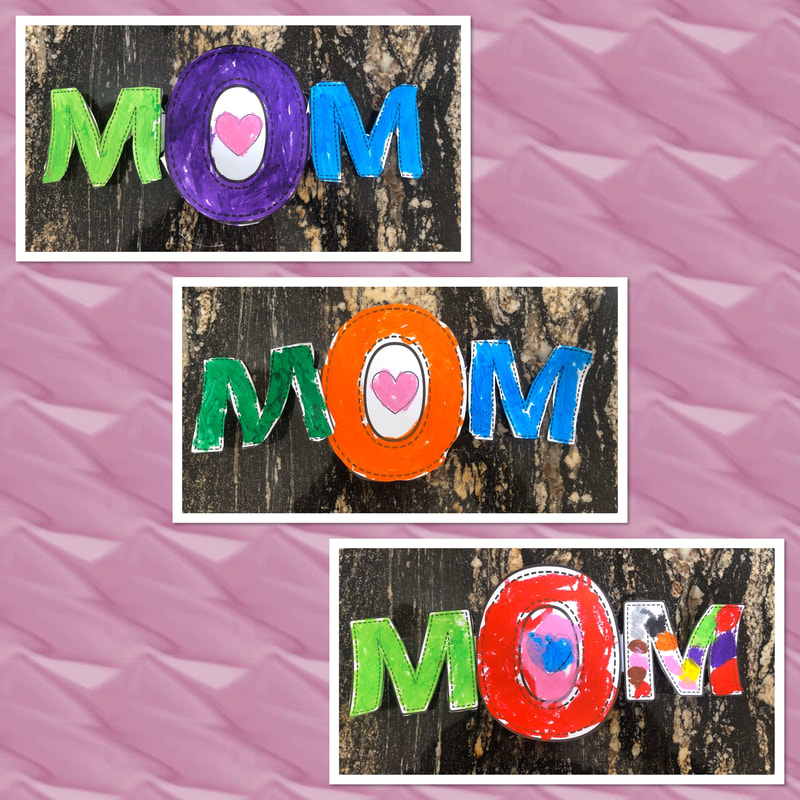
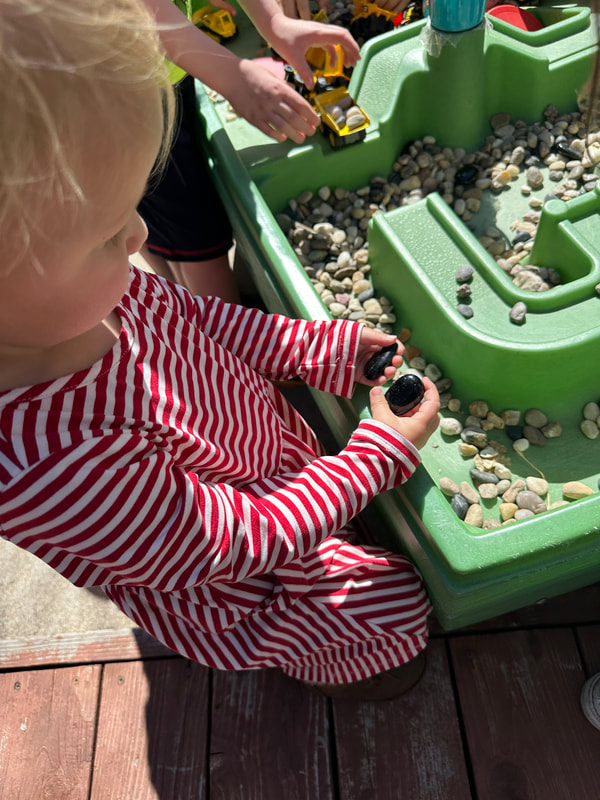
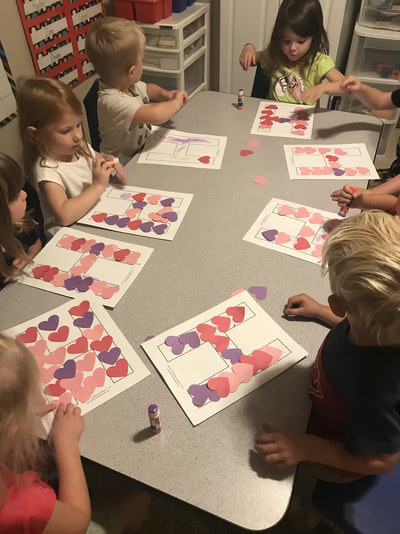
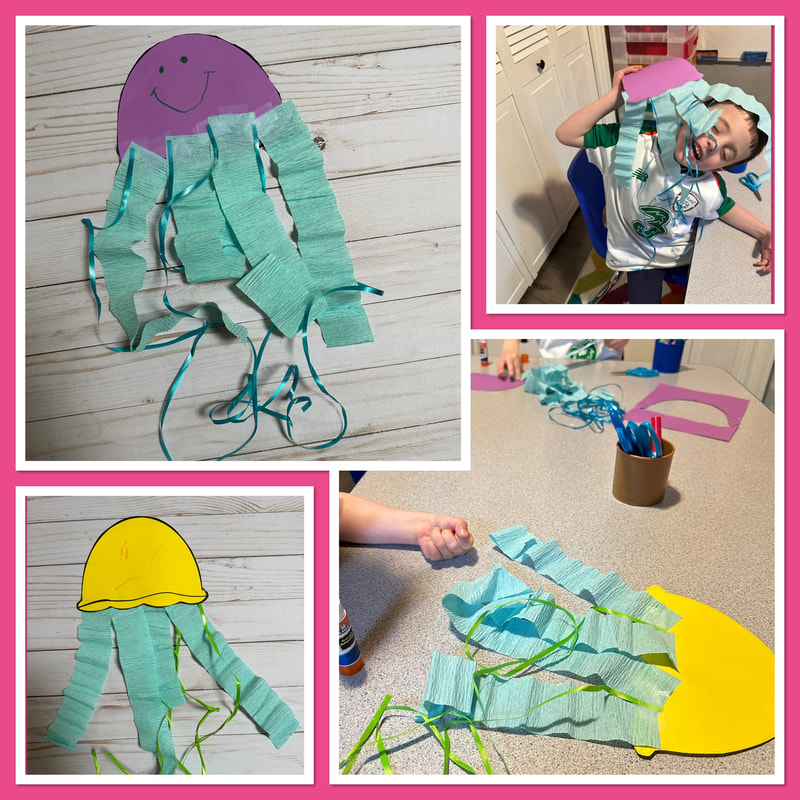
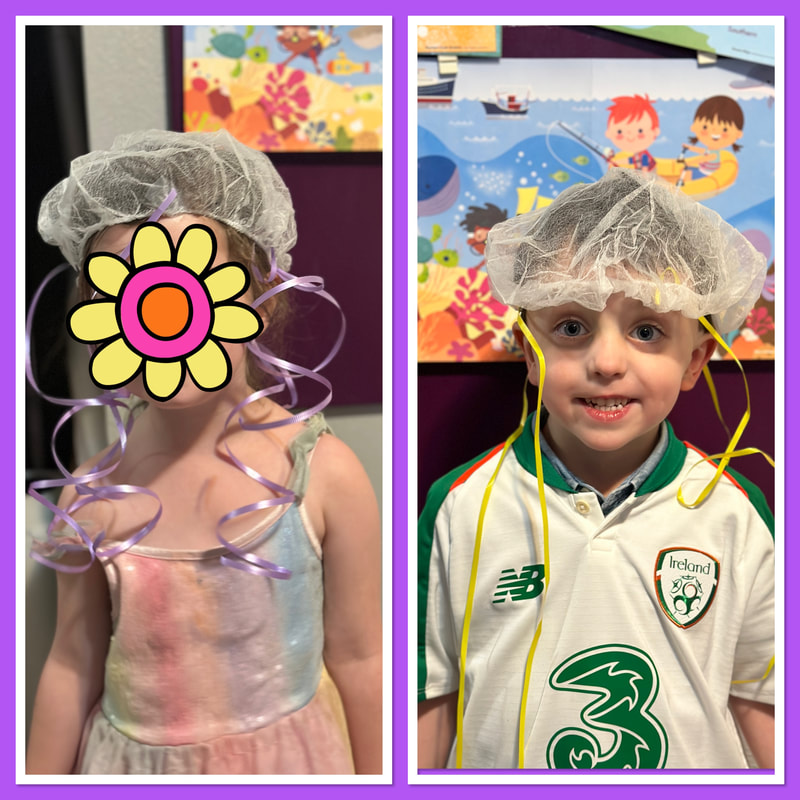
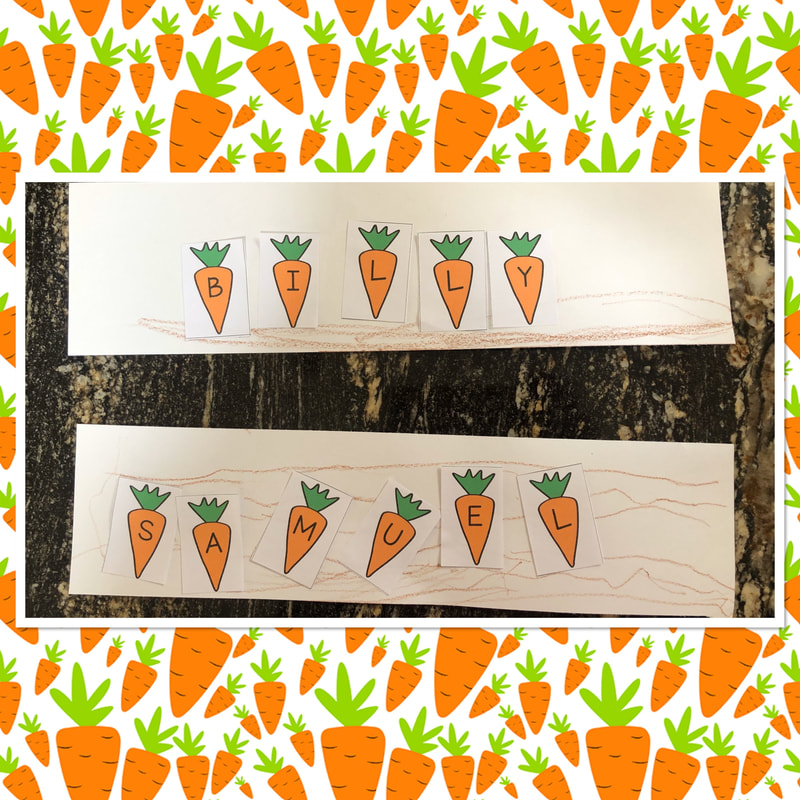
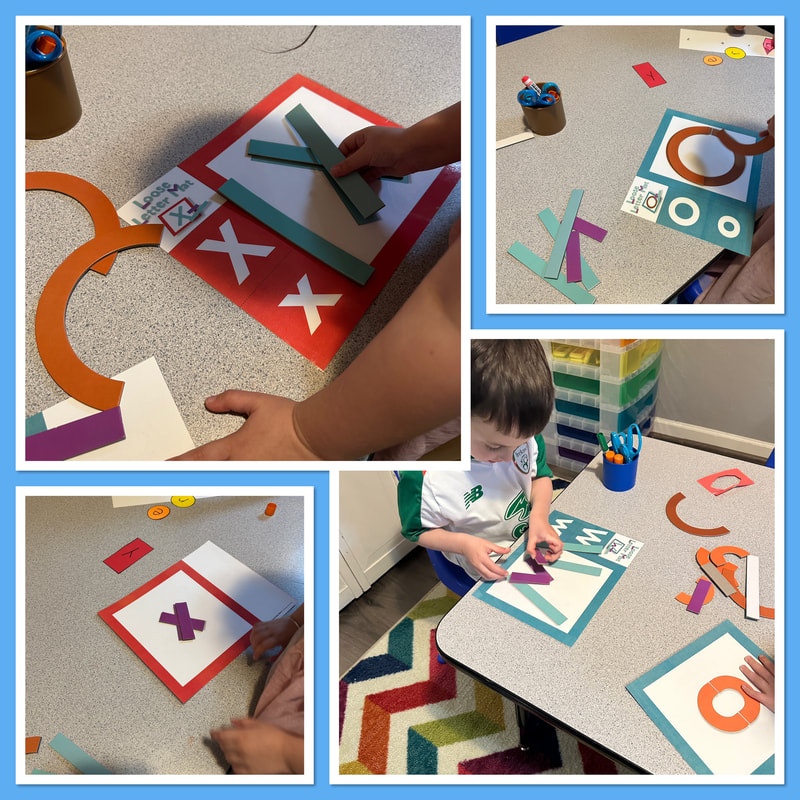
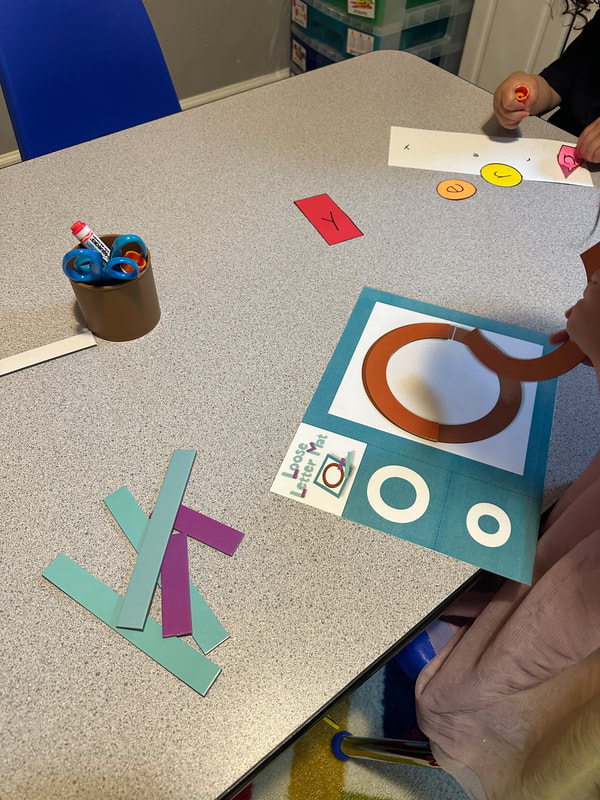
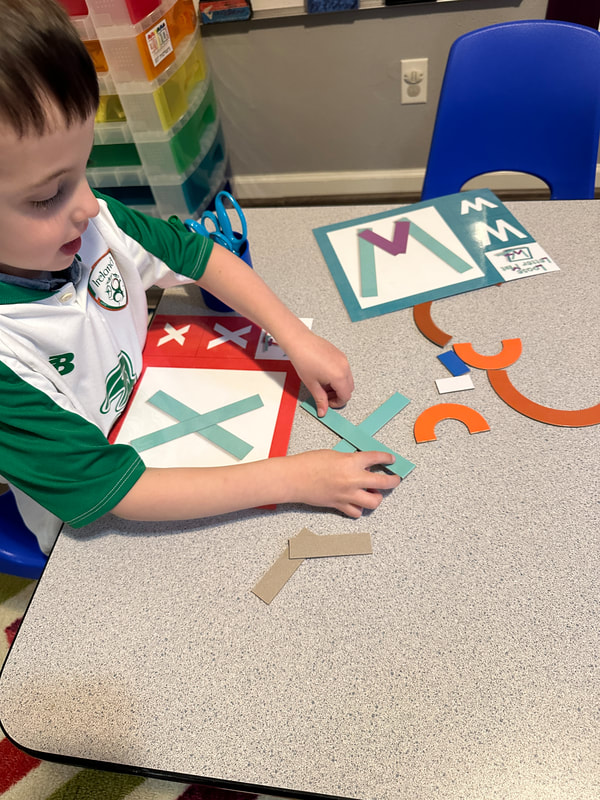
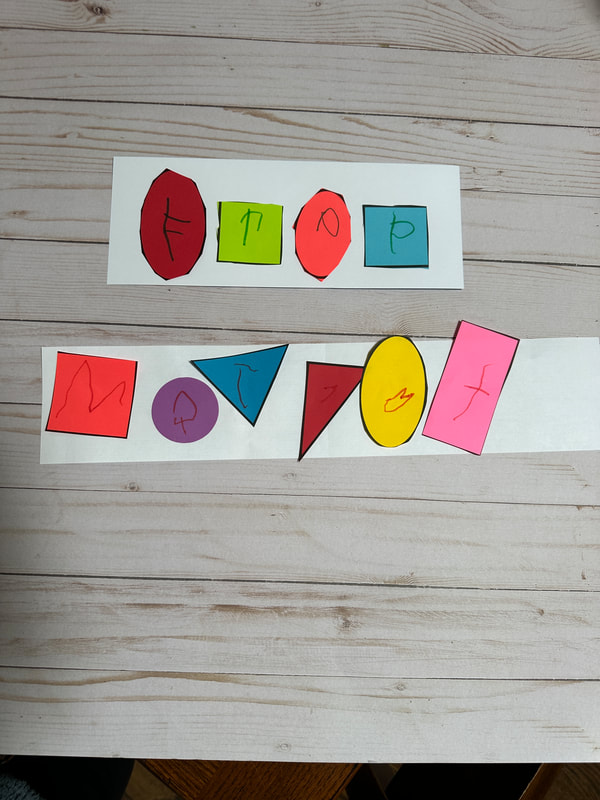
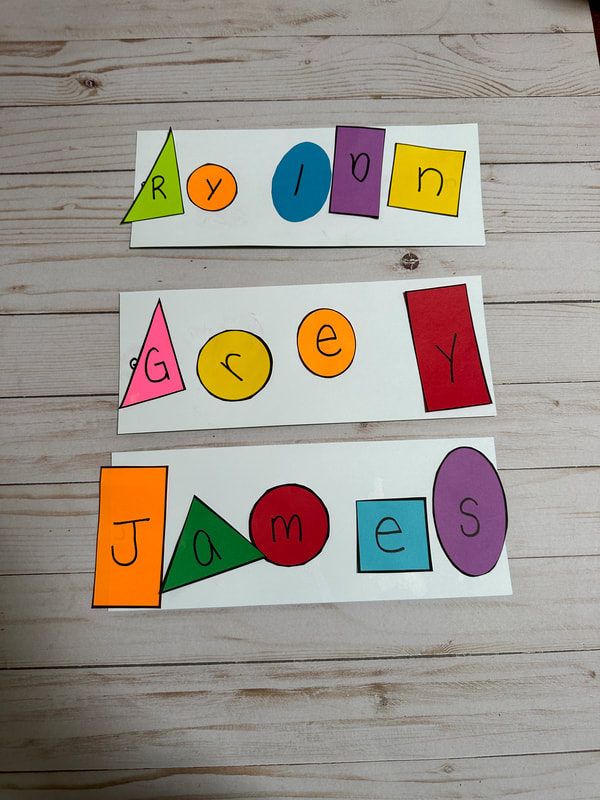
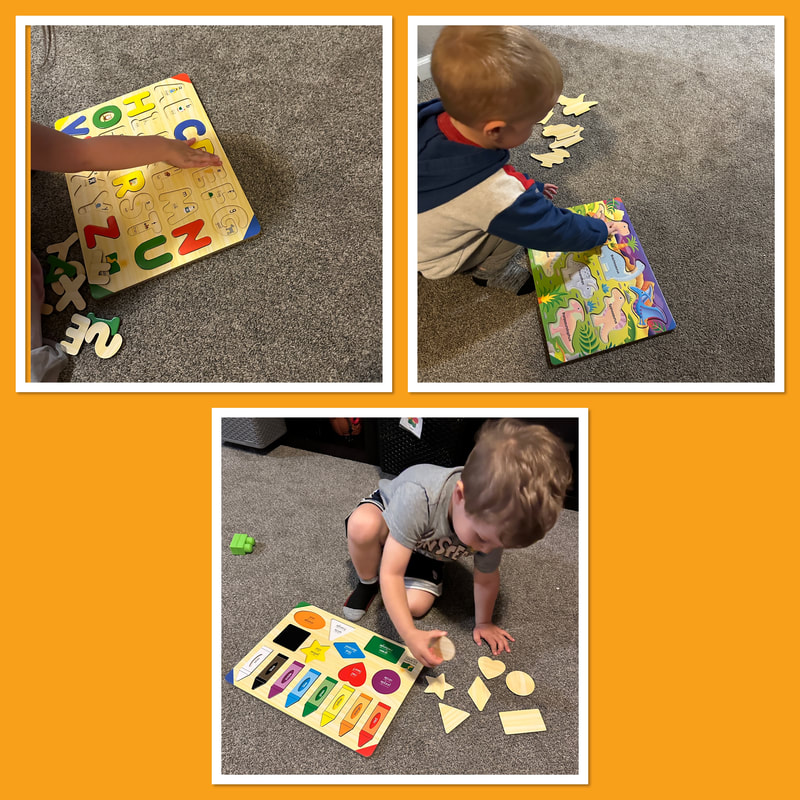
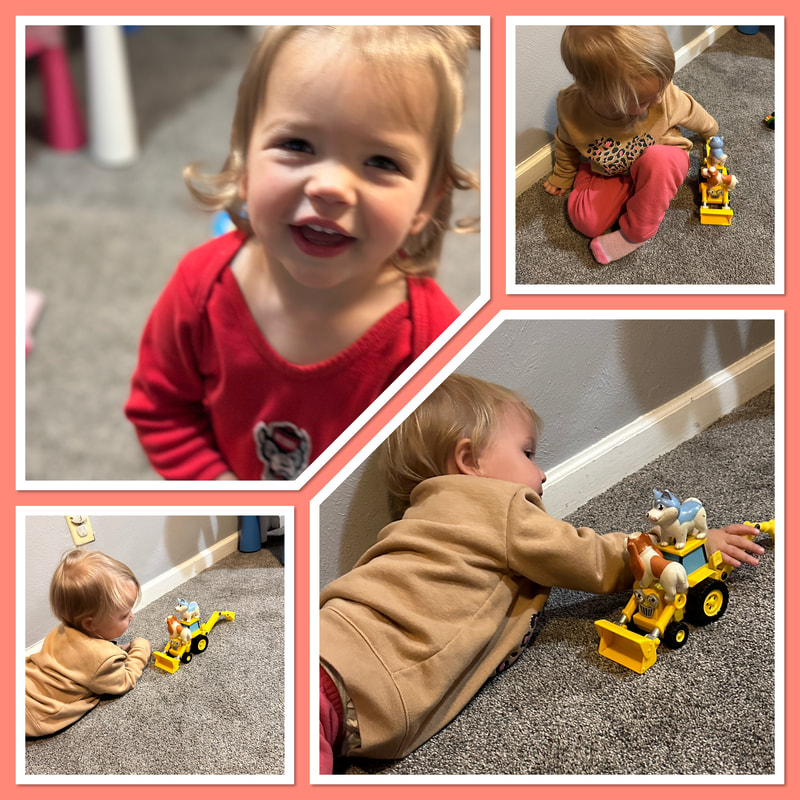
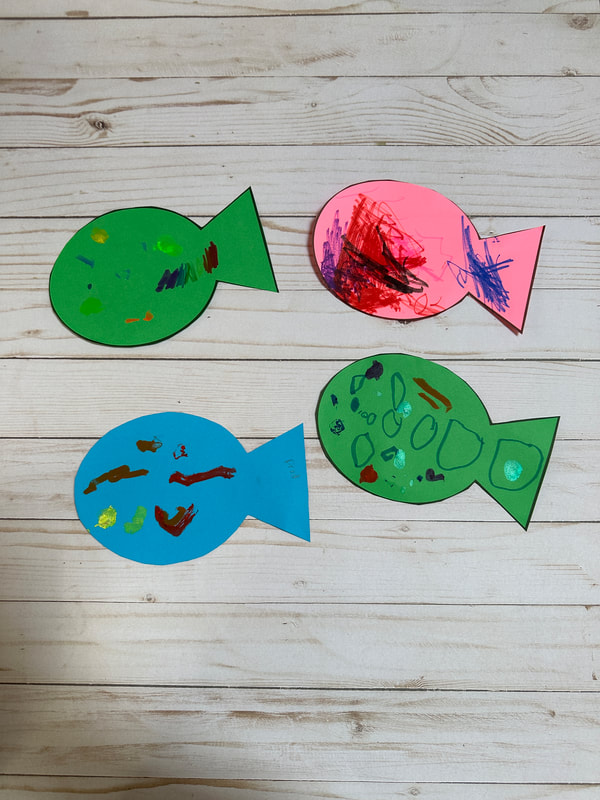
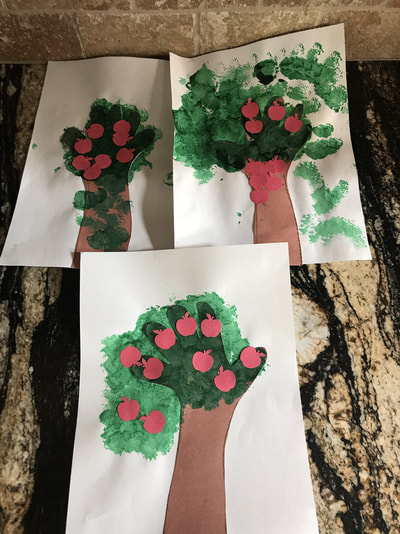
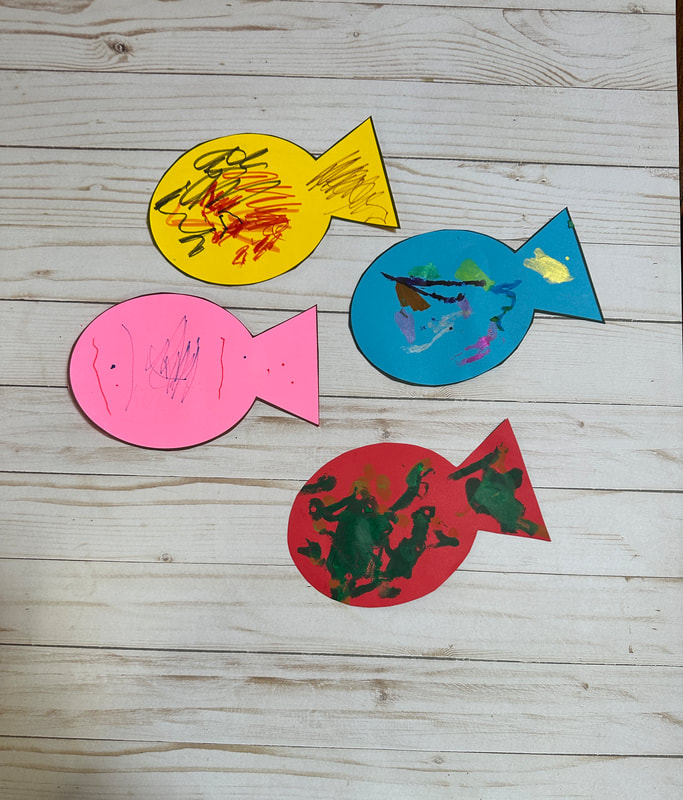
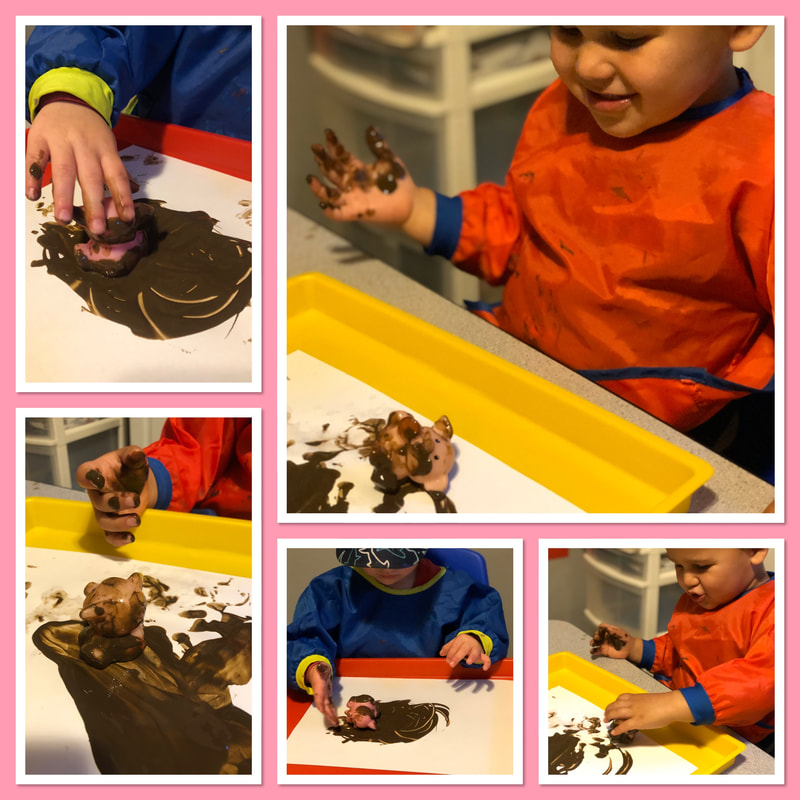
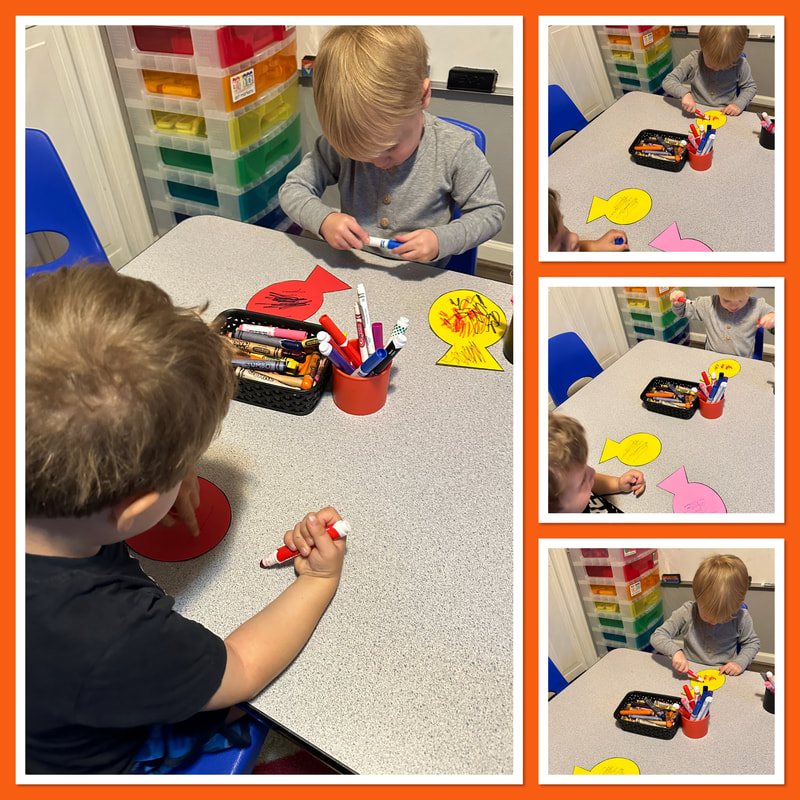
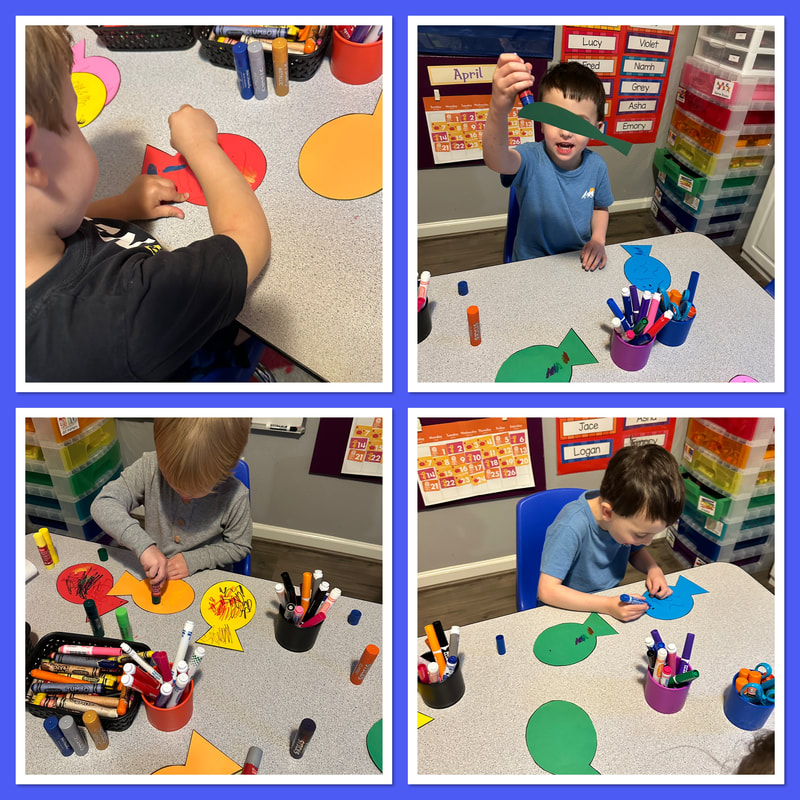
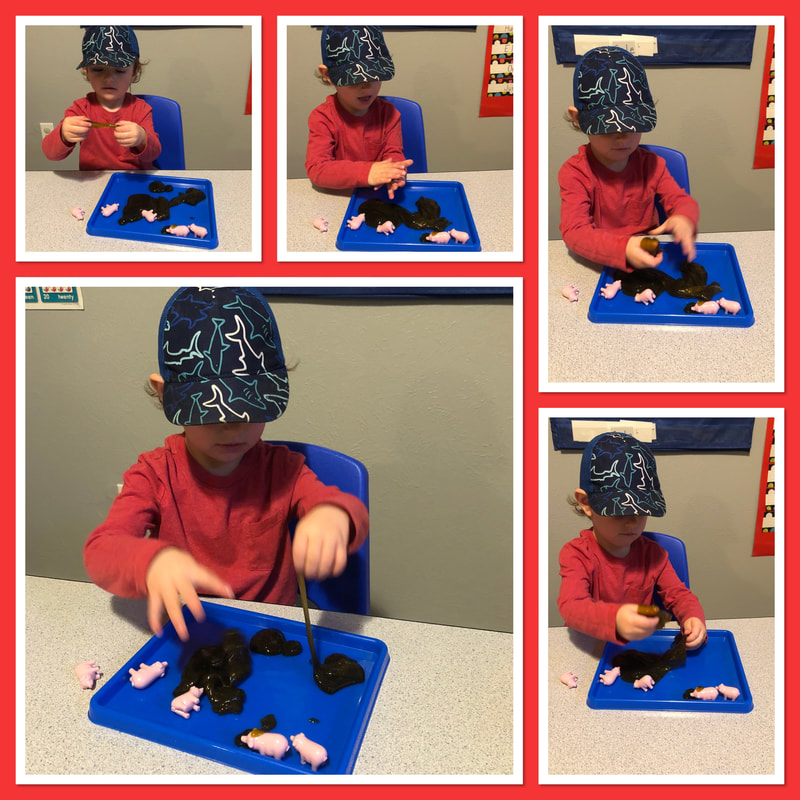
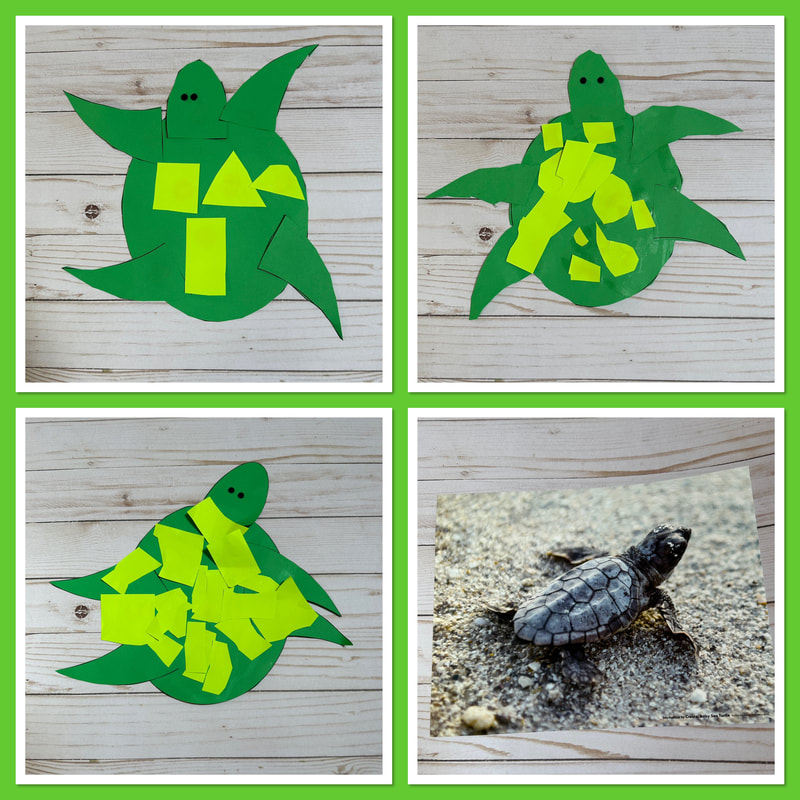
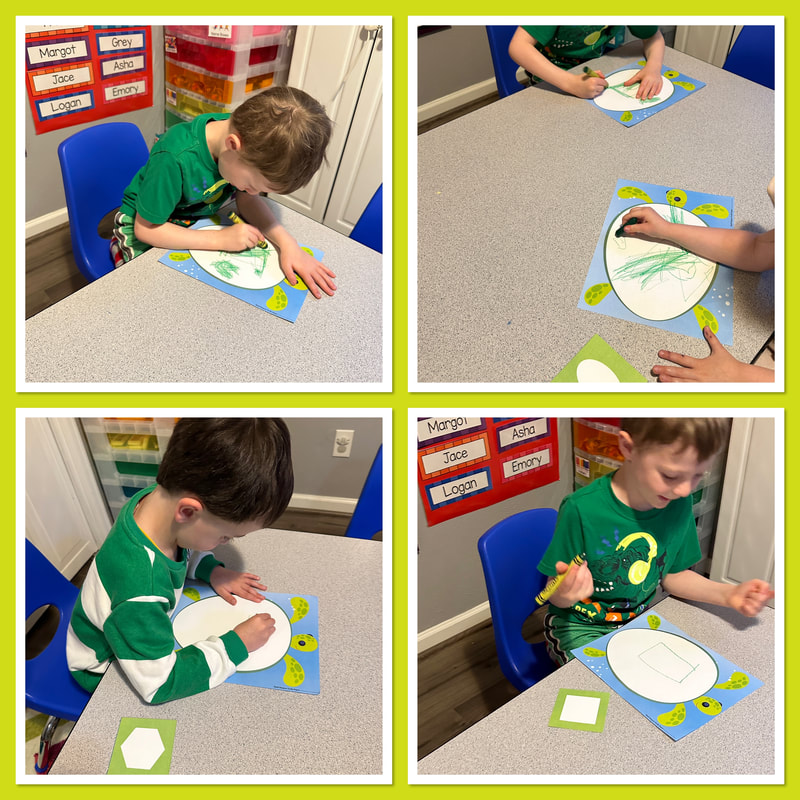
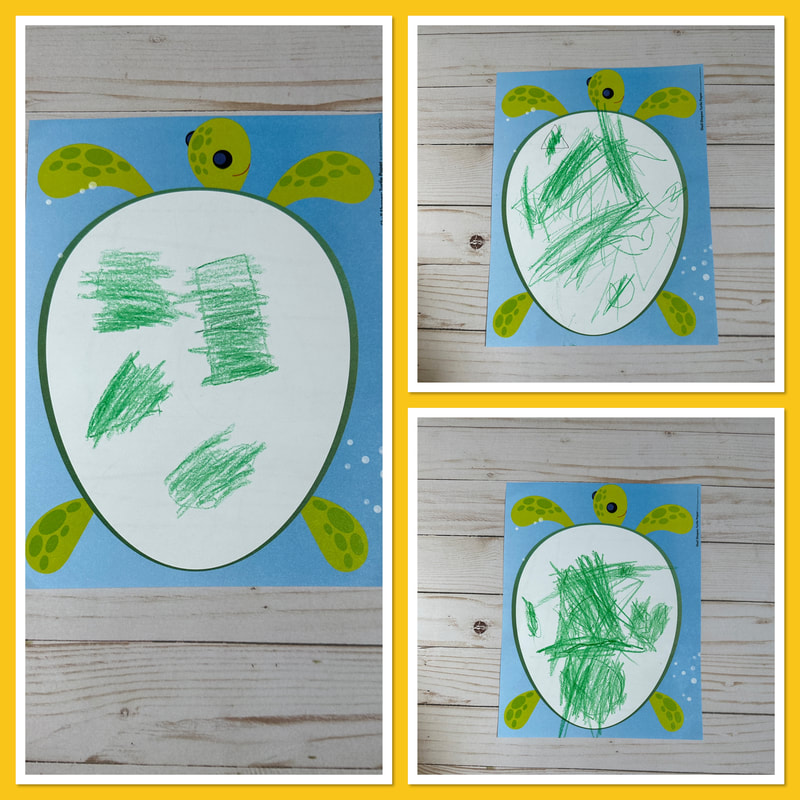
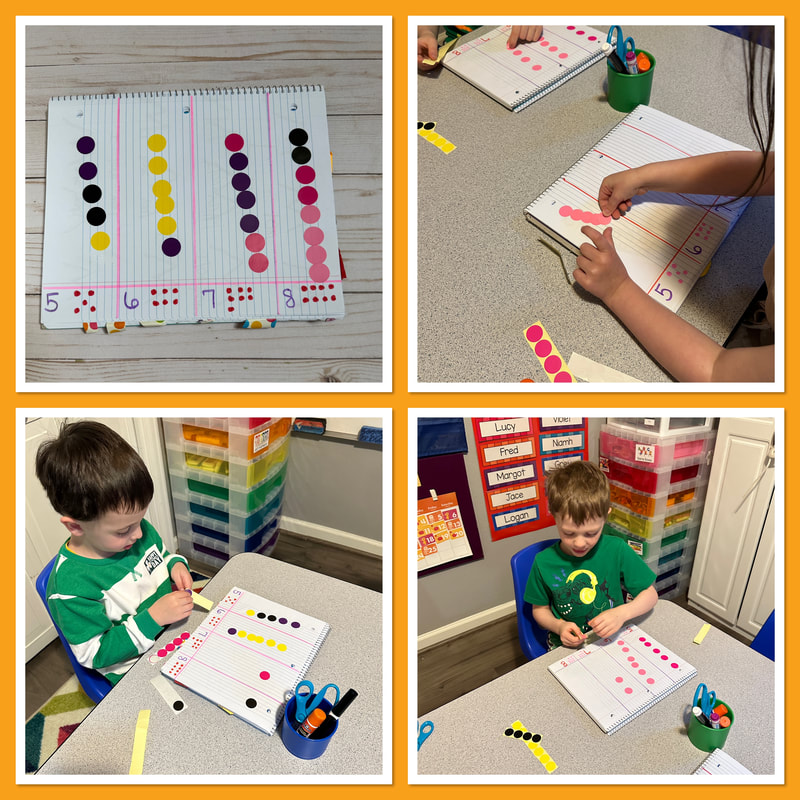
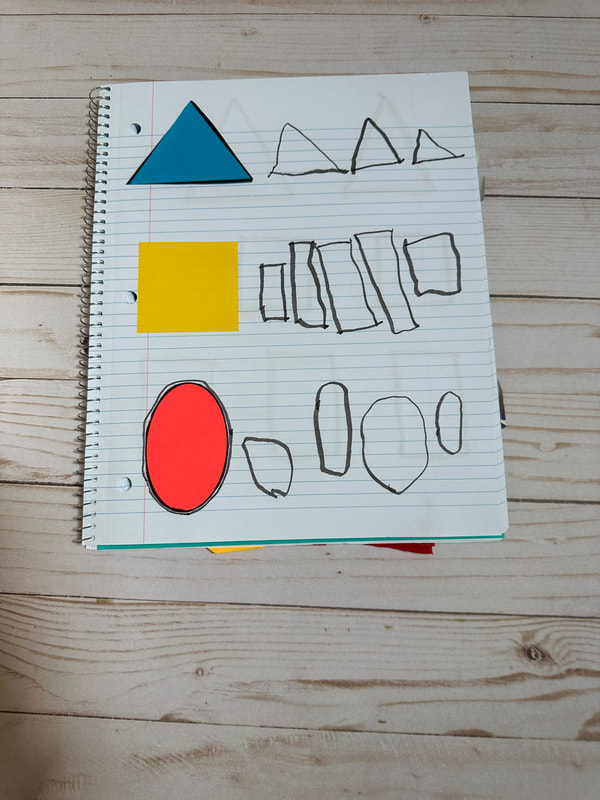
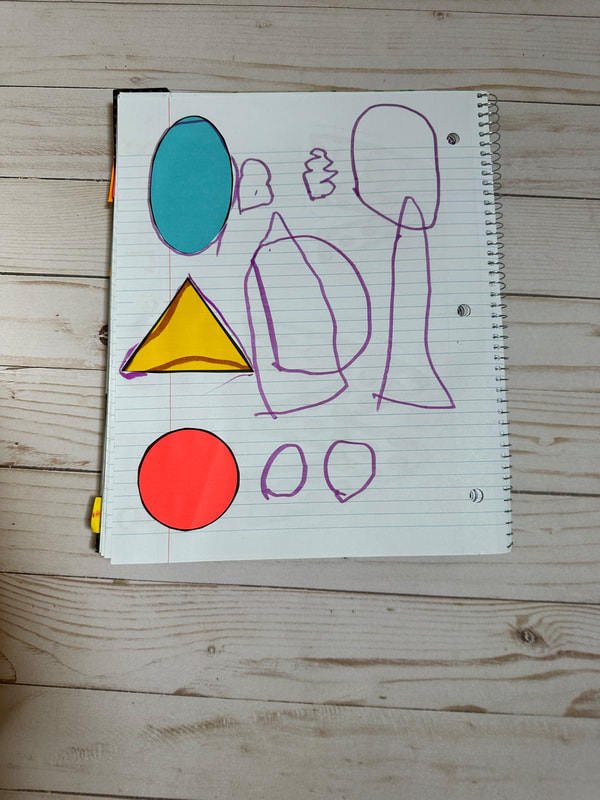
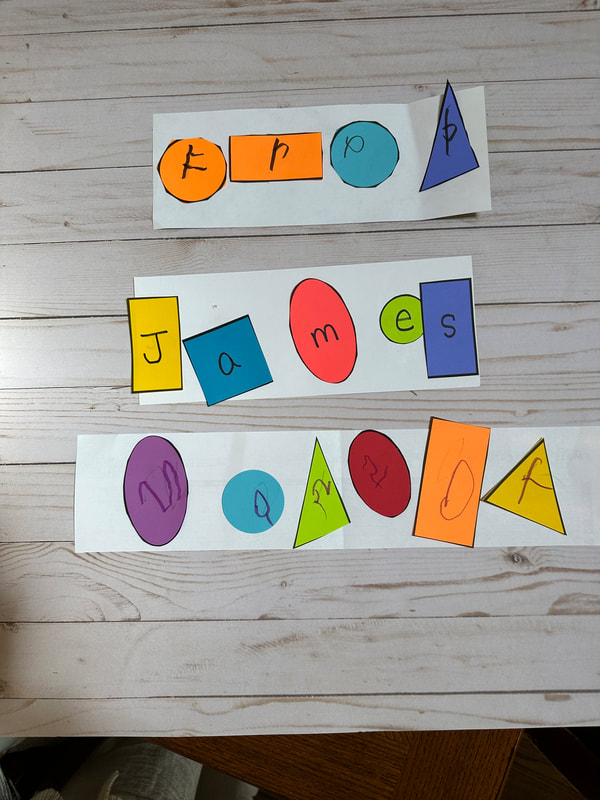
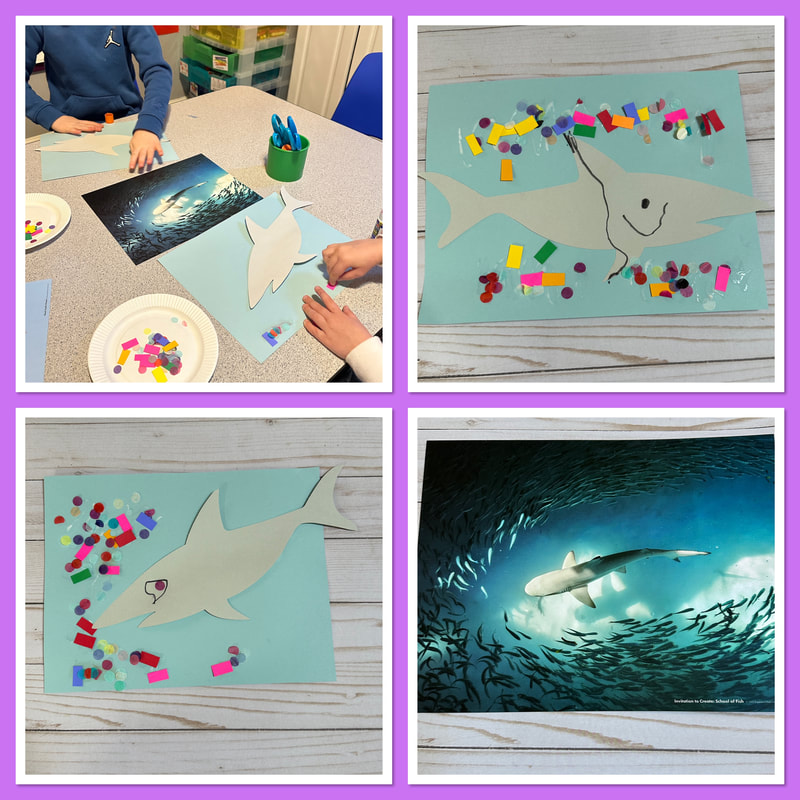
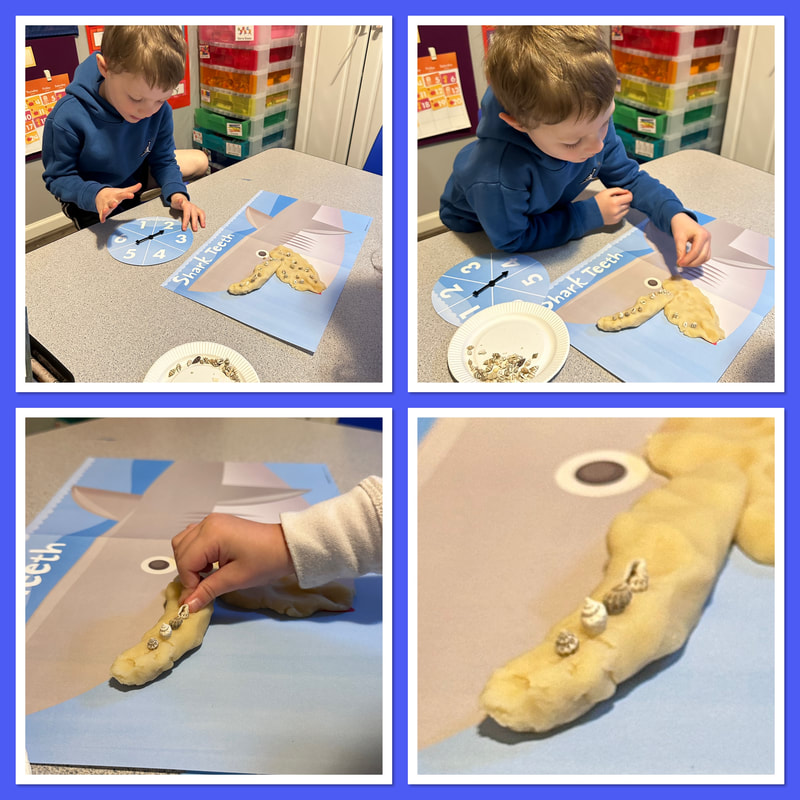
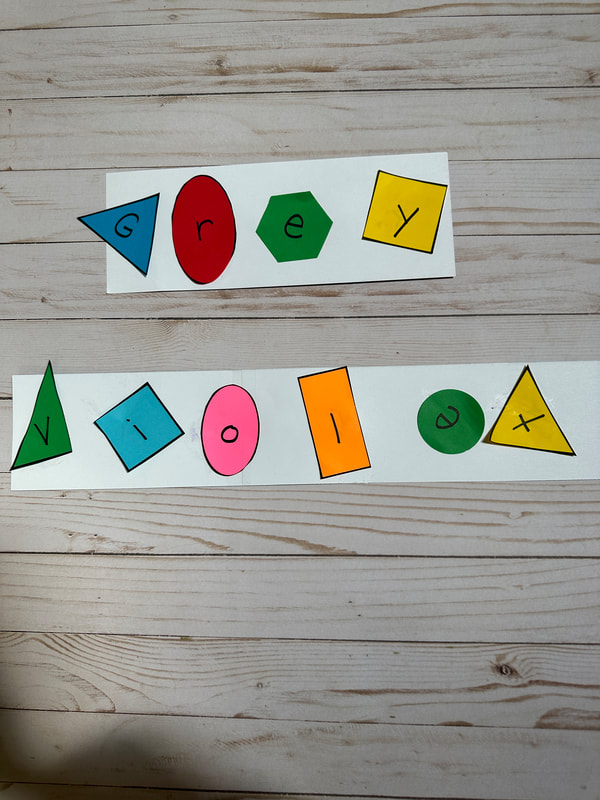
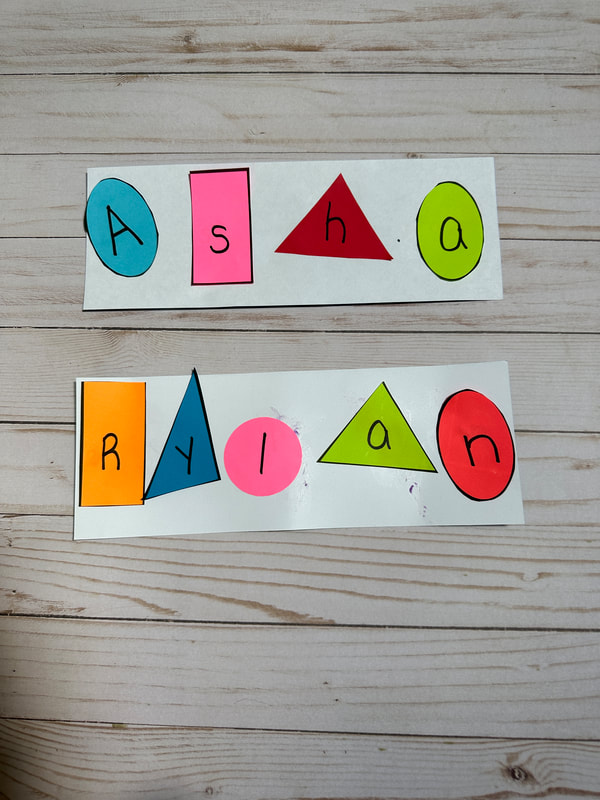
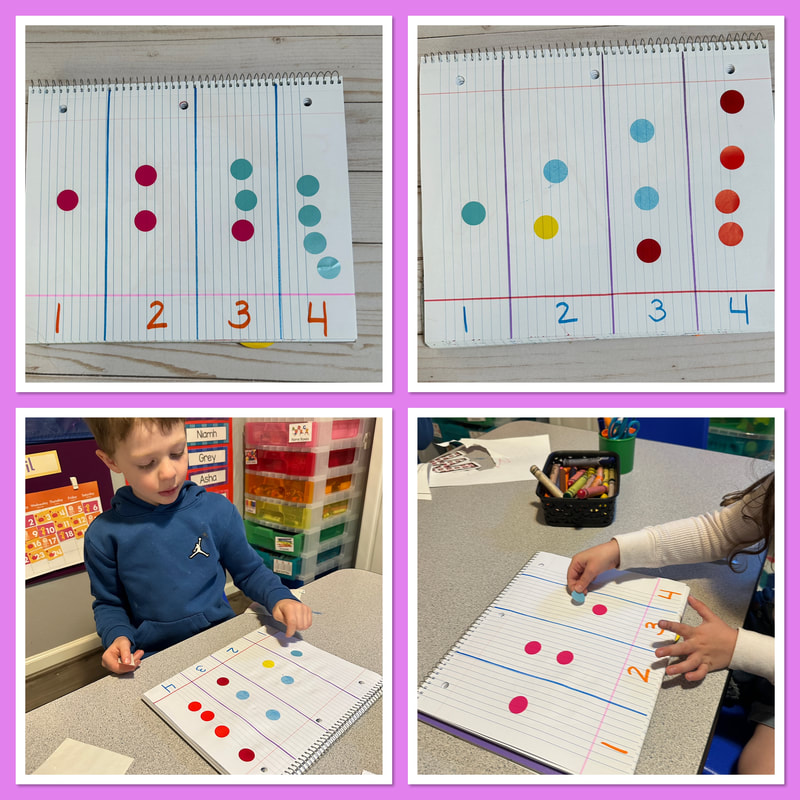
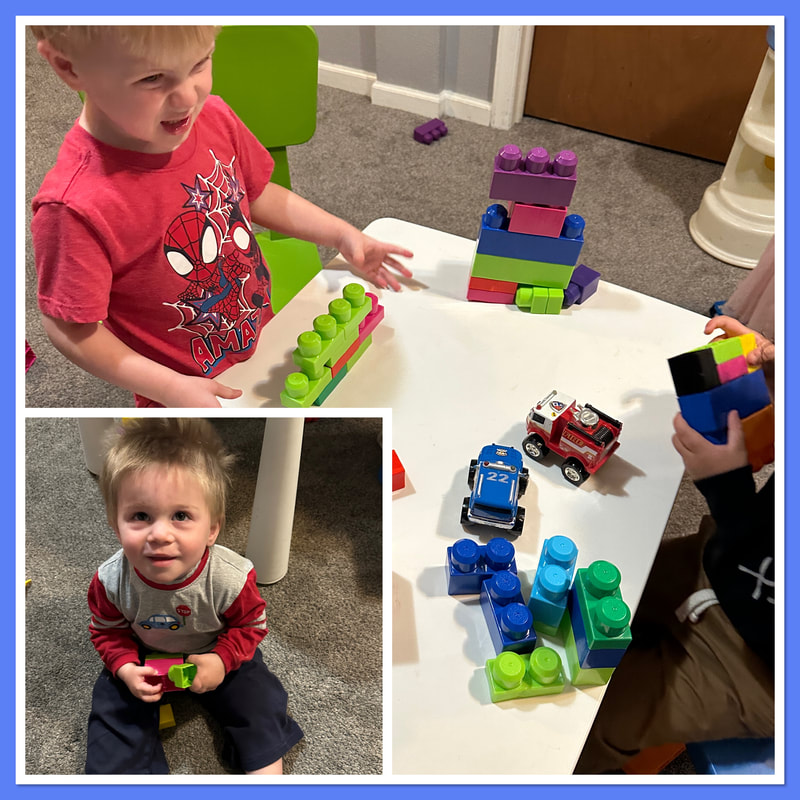
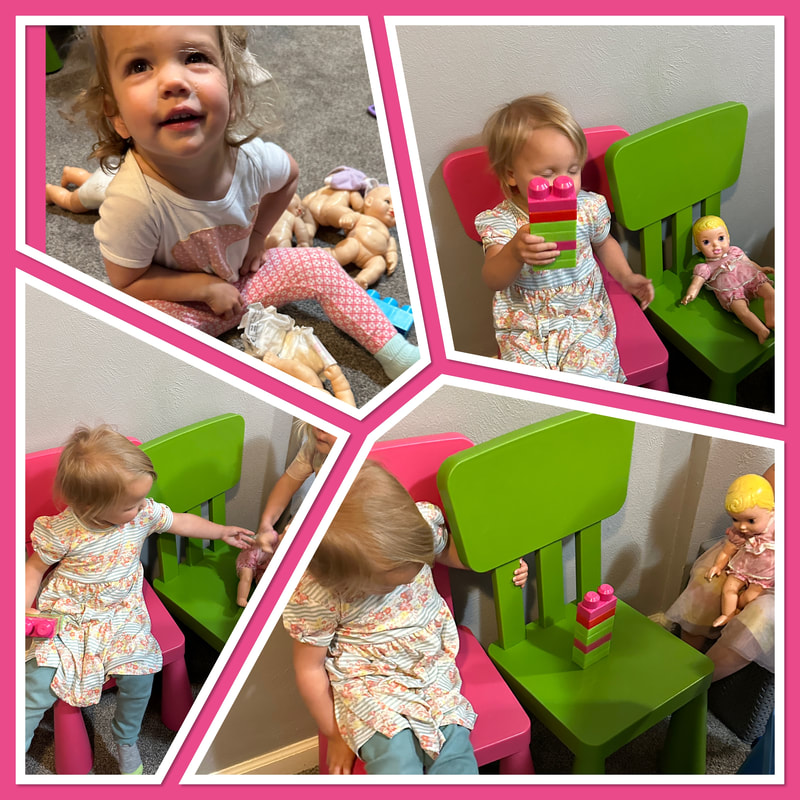
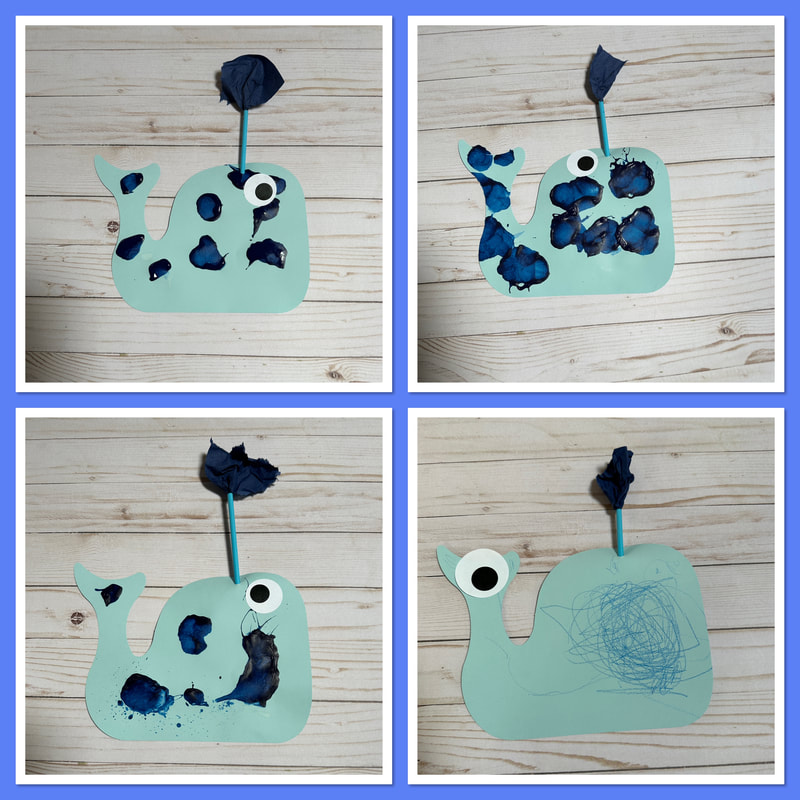
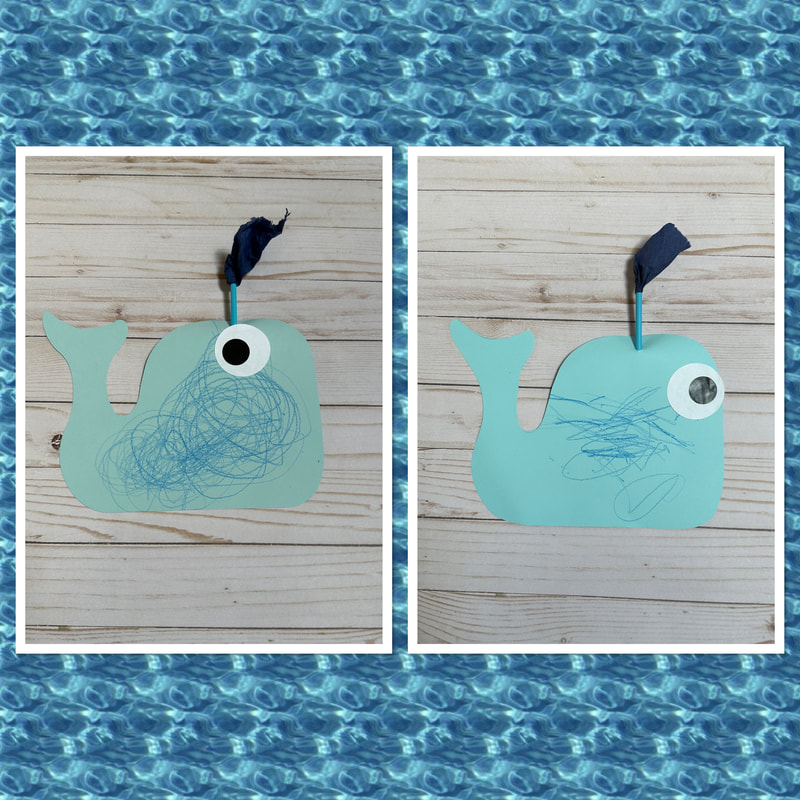
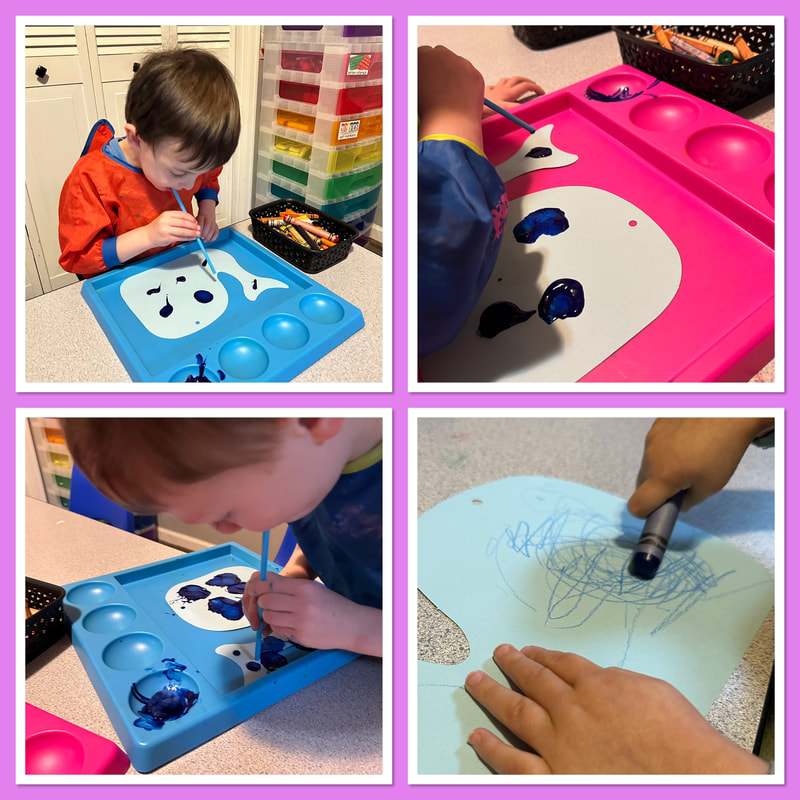
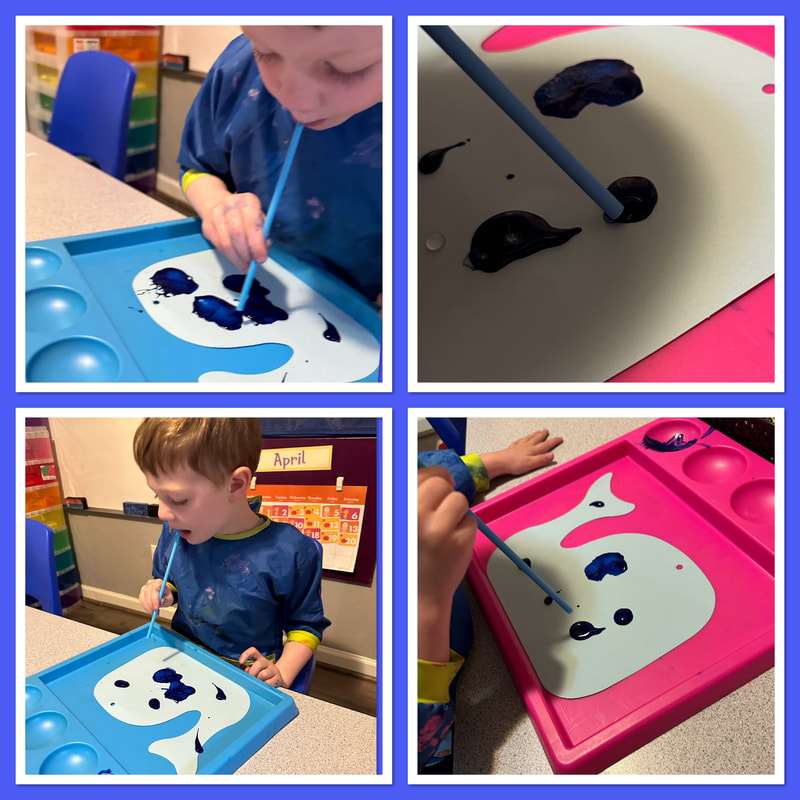
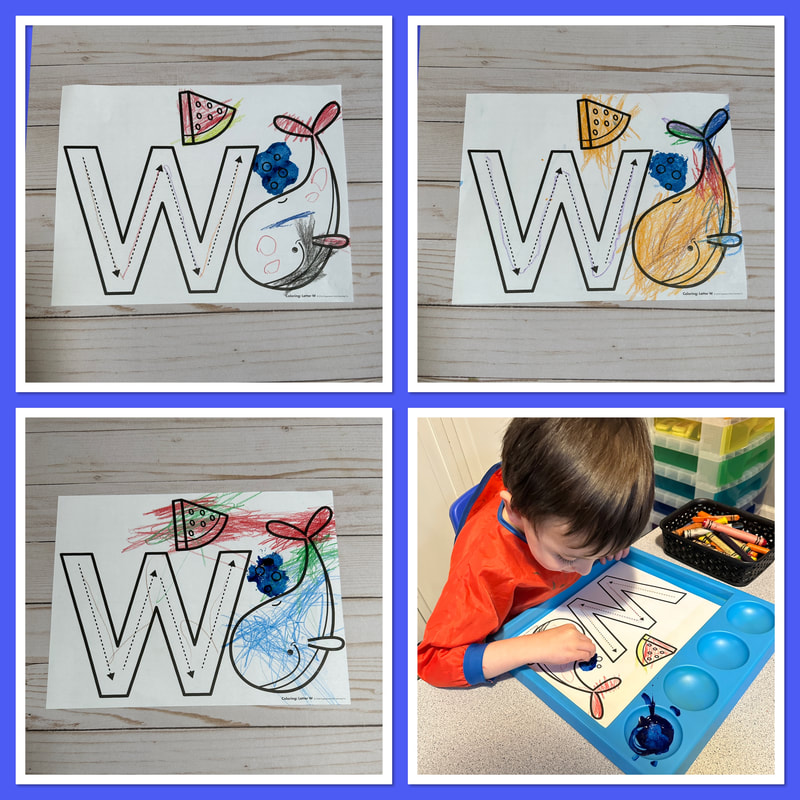
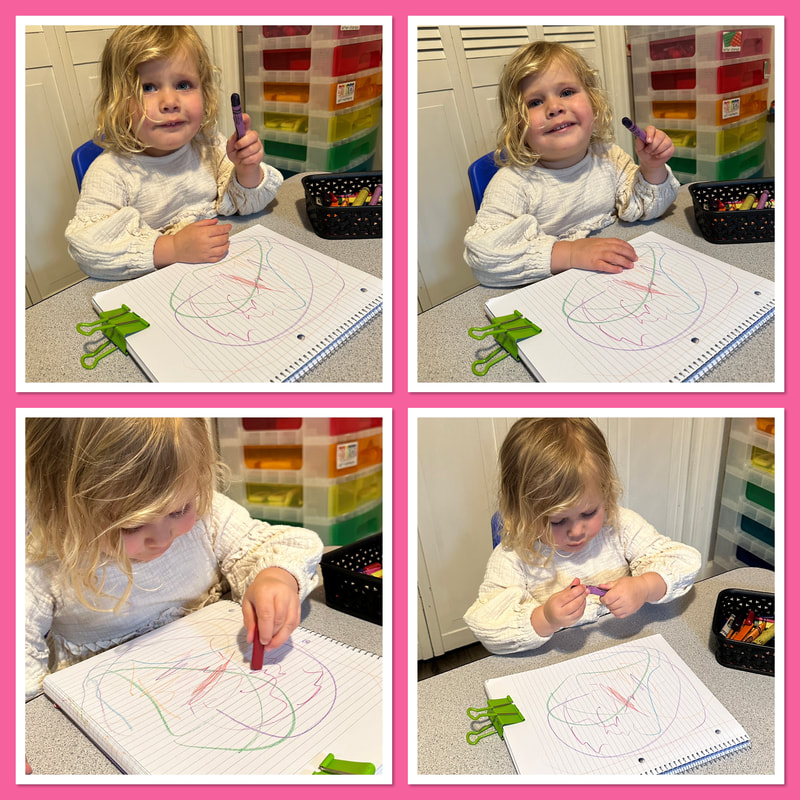
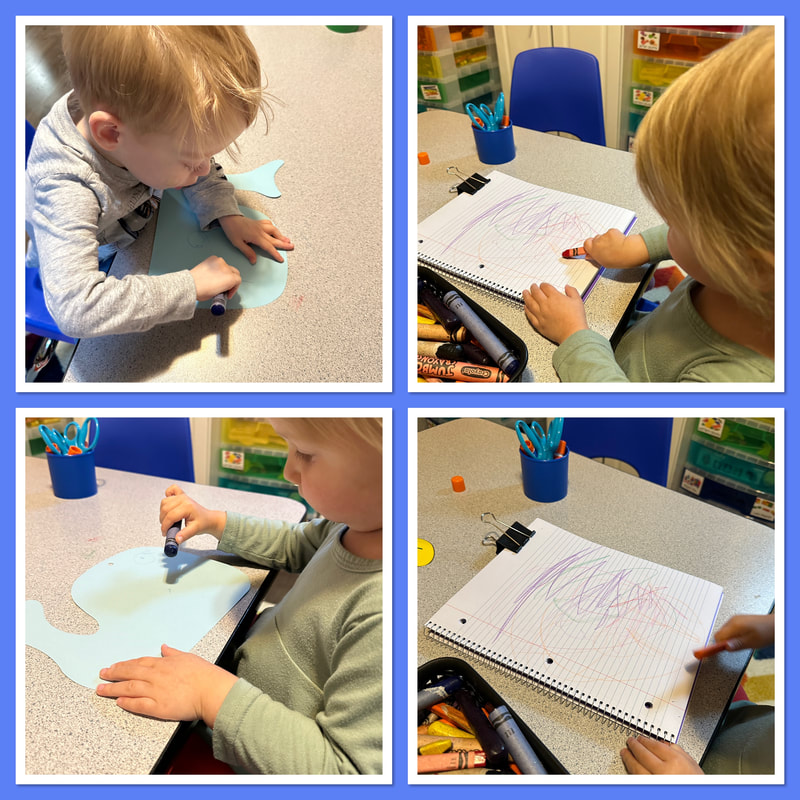
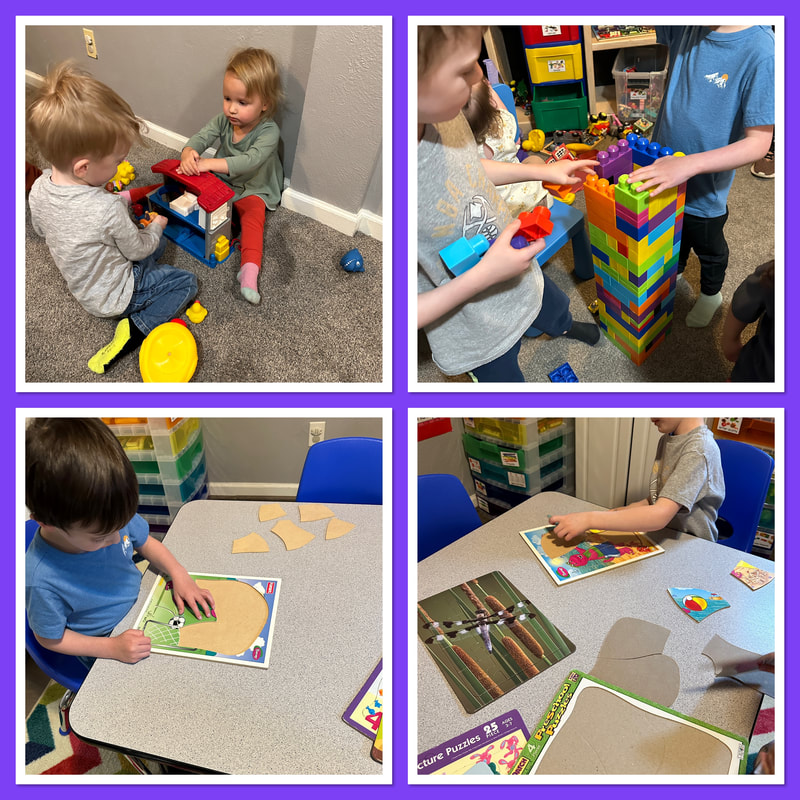
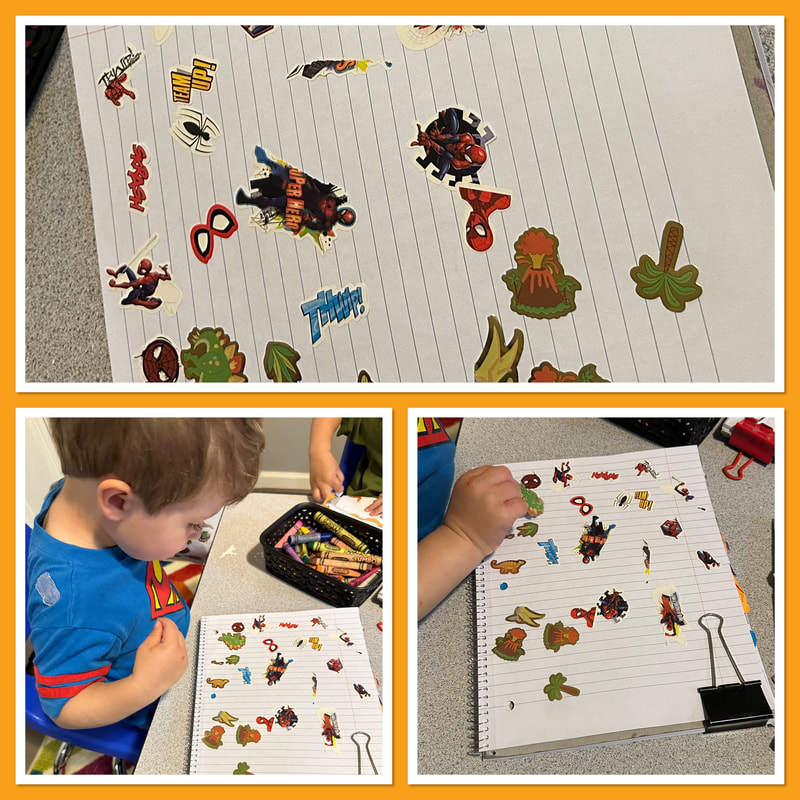
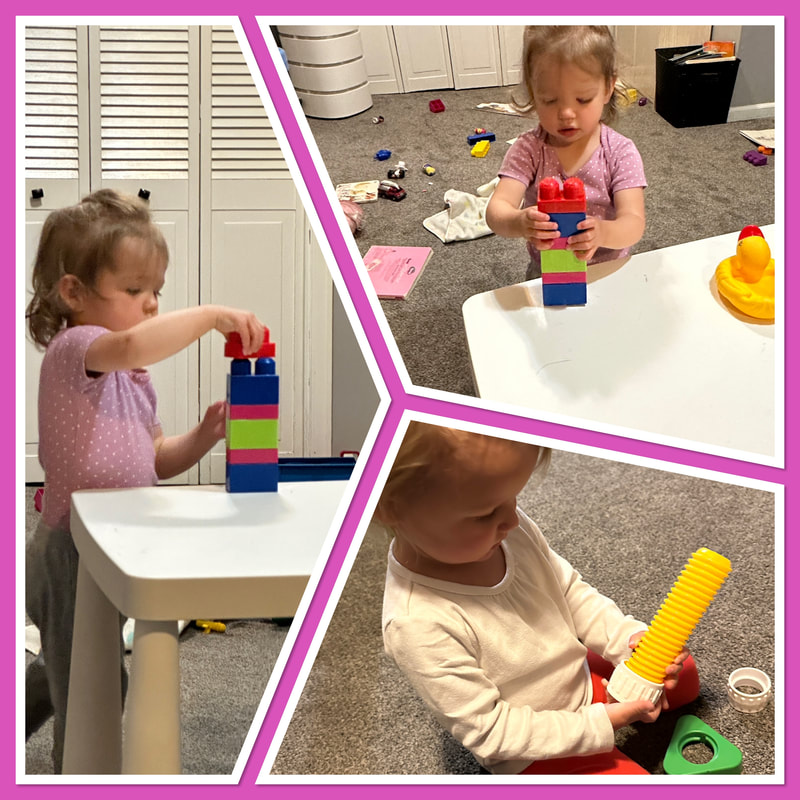
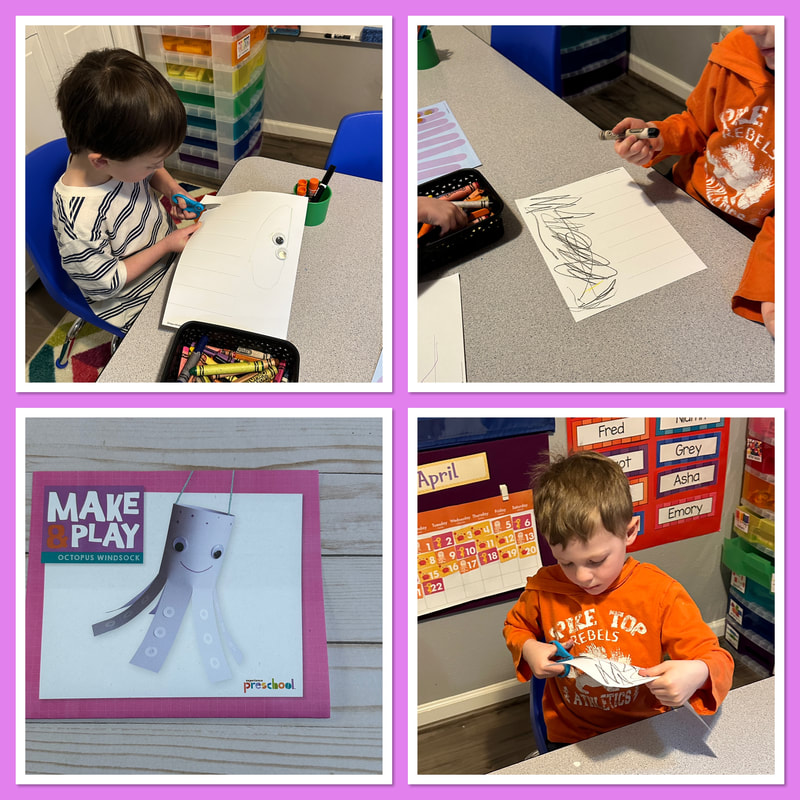
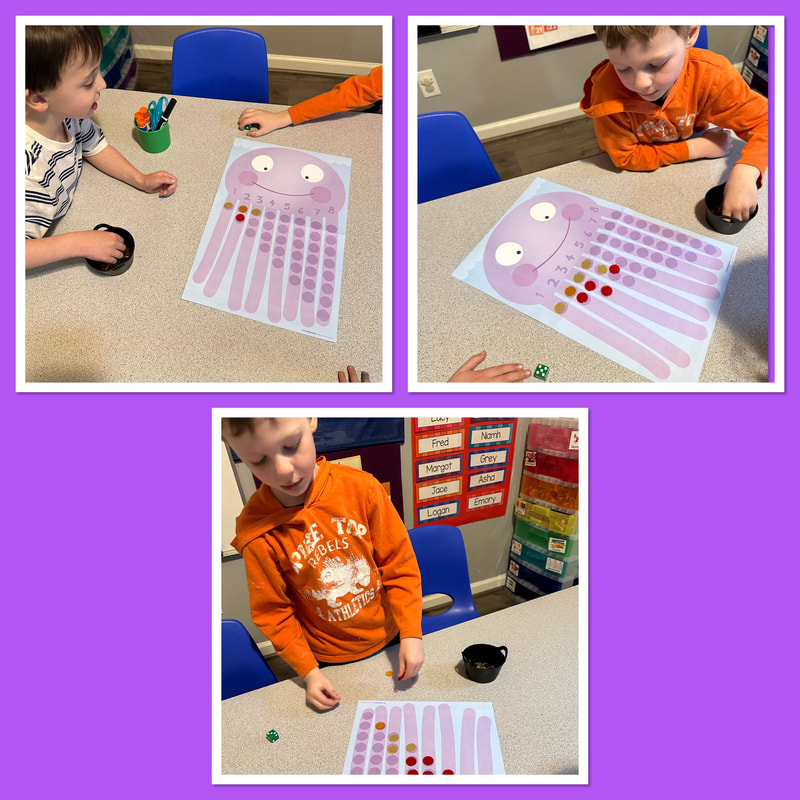
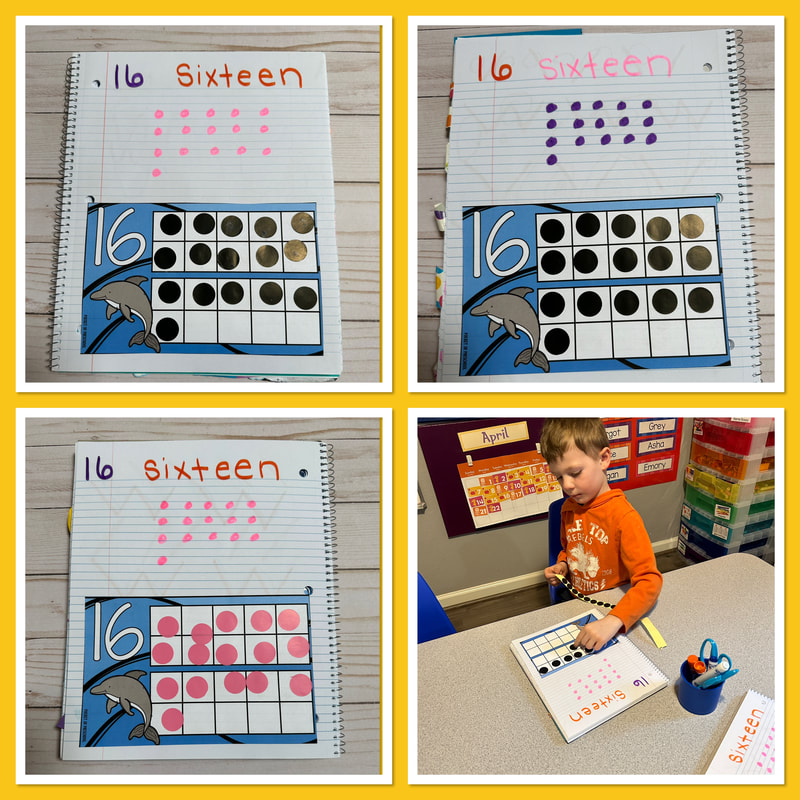
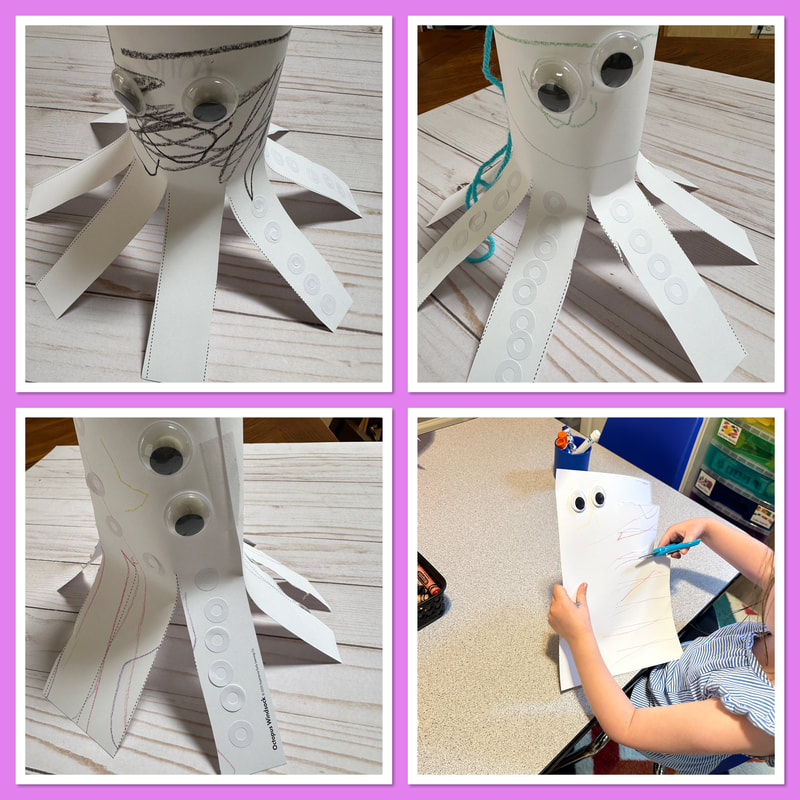
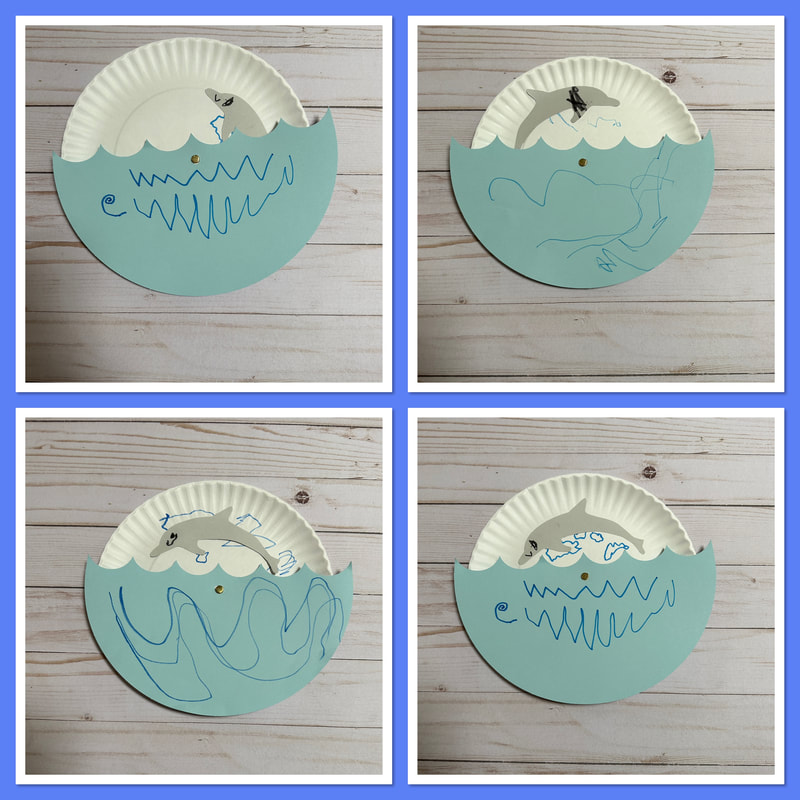
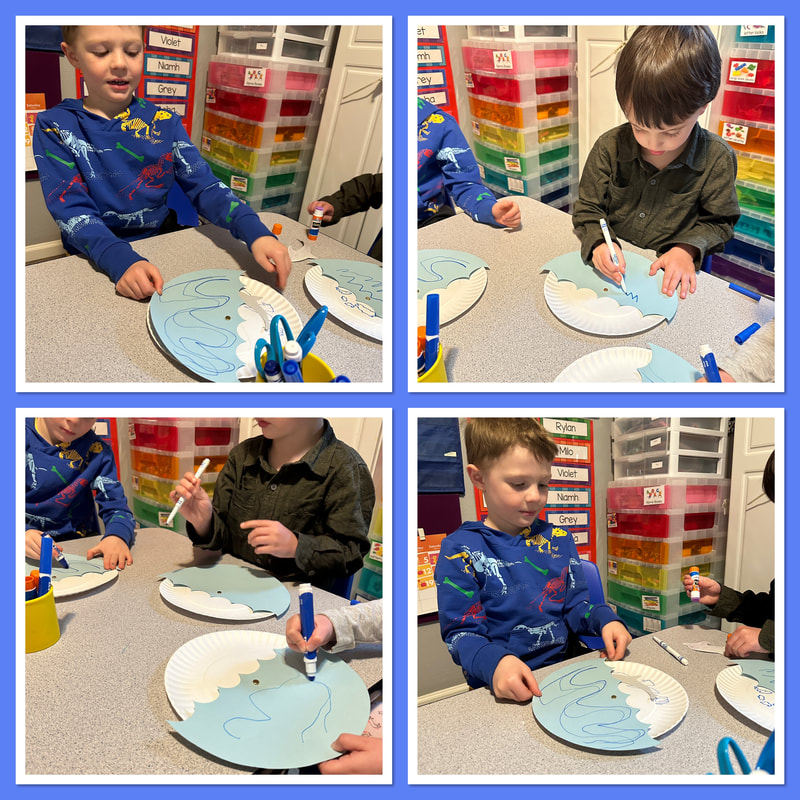
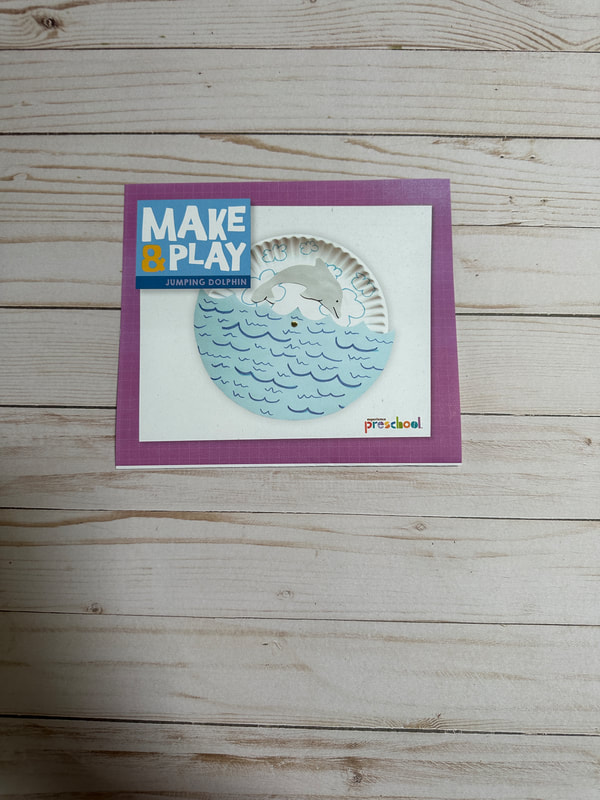
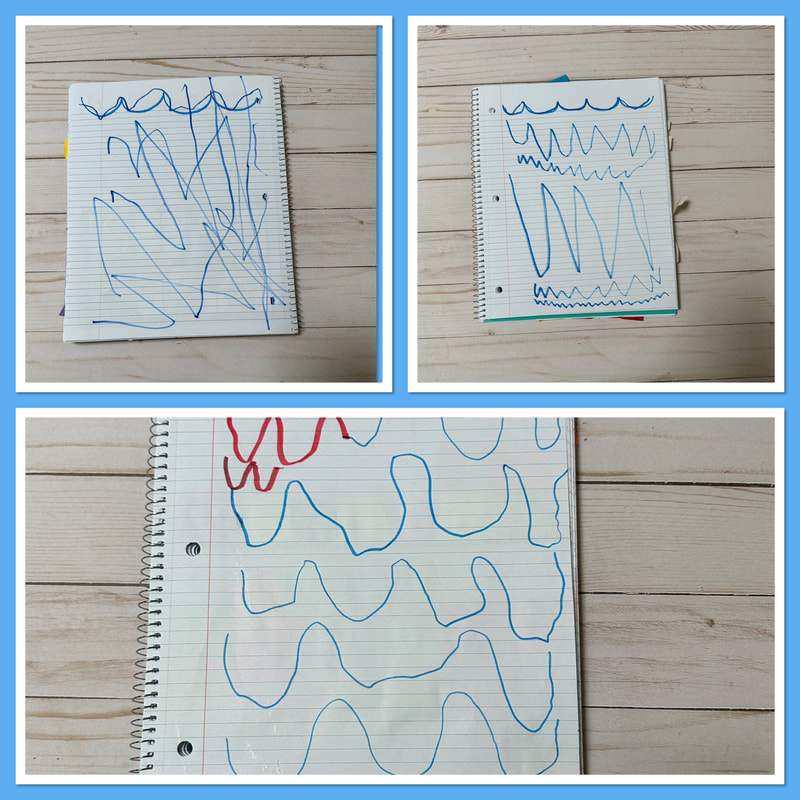
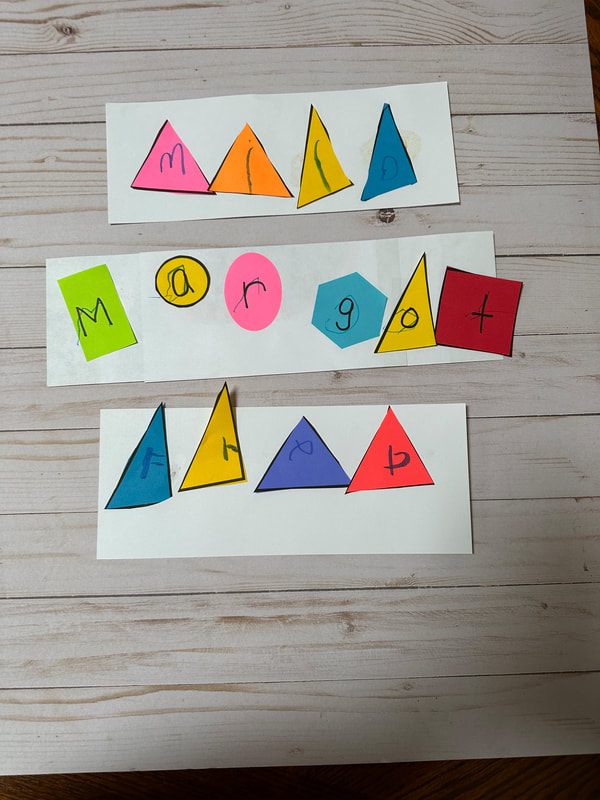
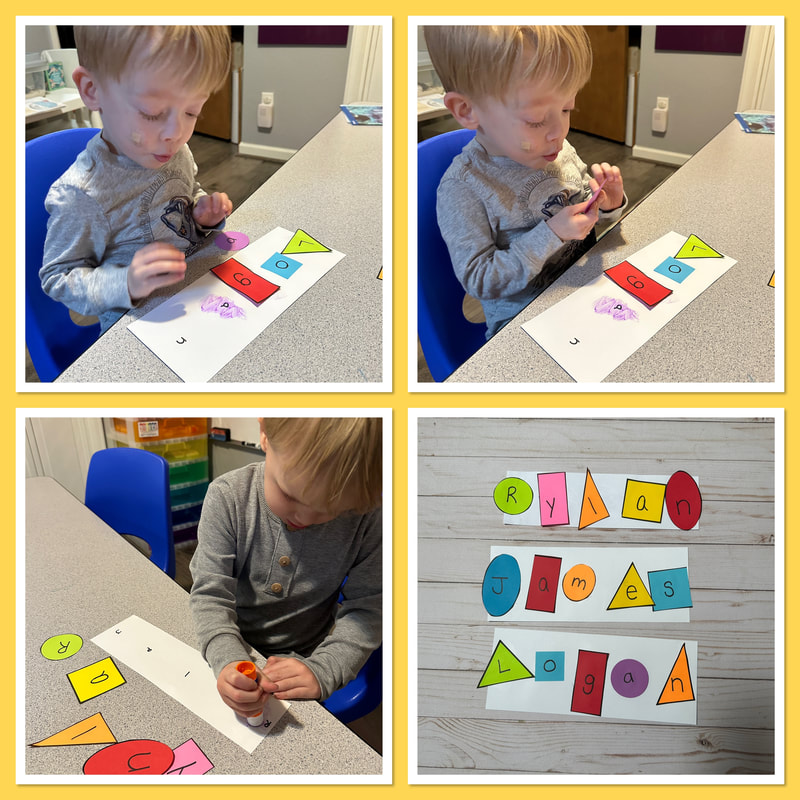
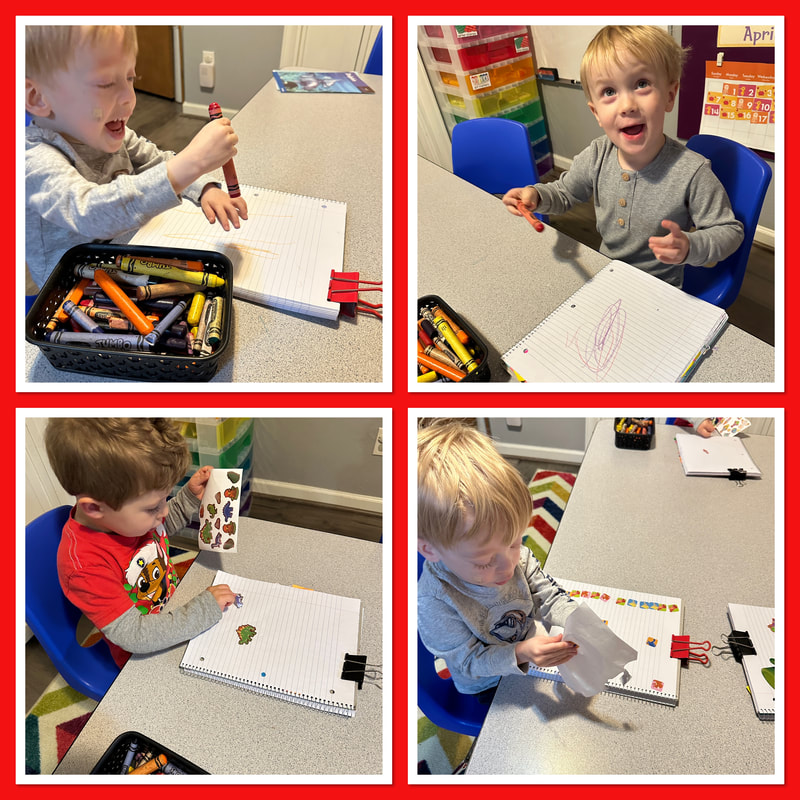
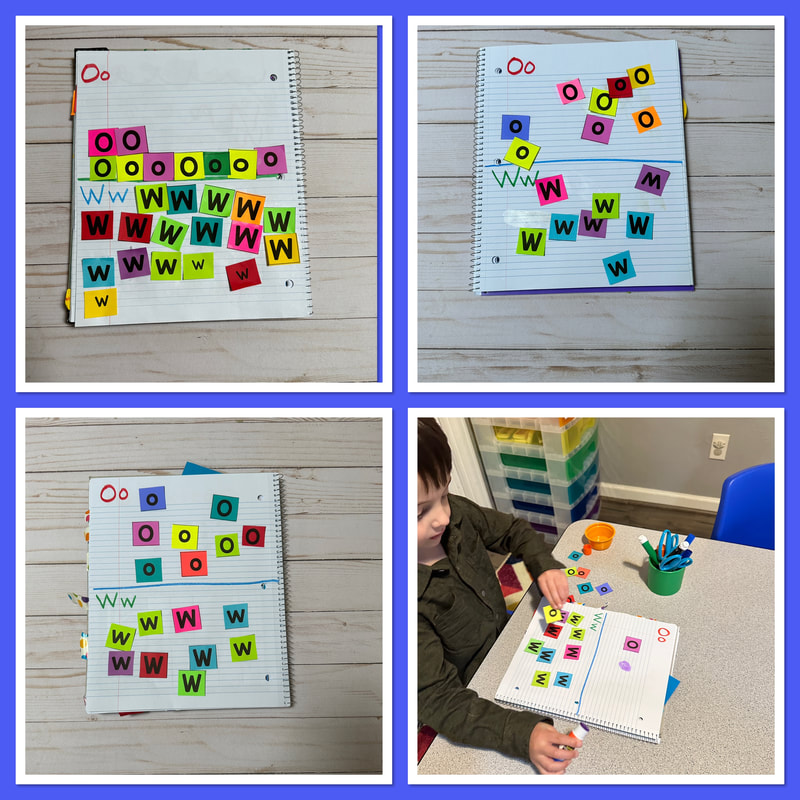
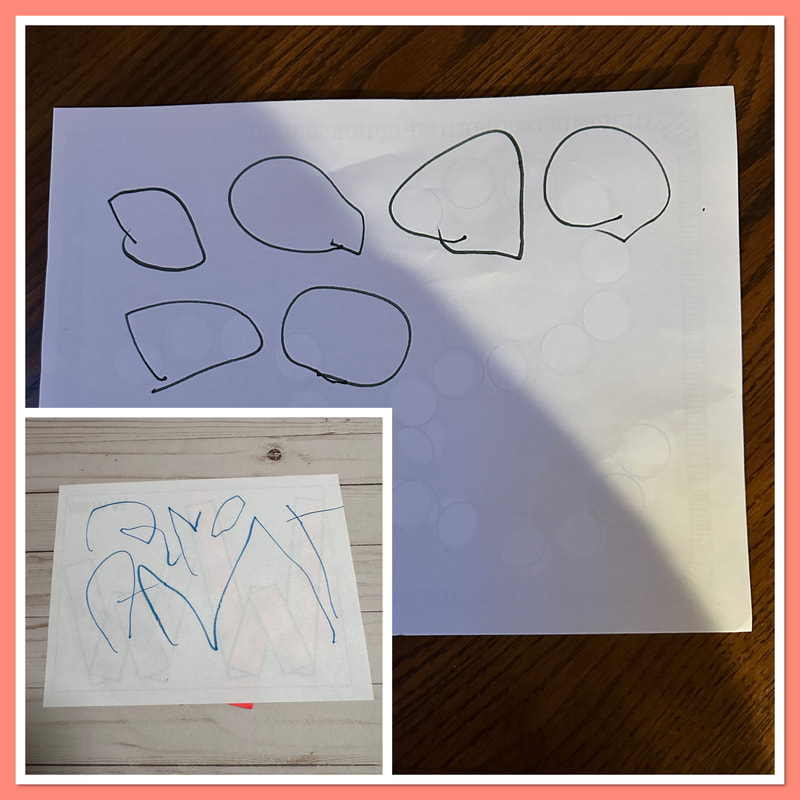
 RSS Feed
RSS Feed